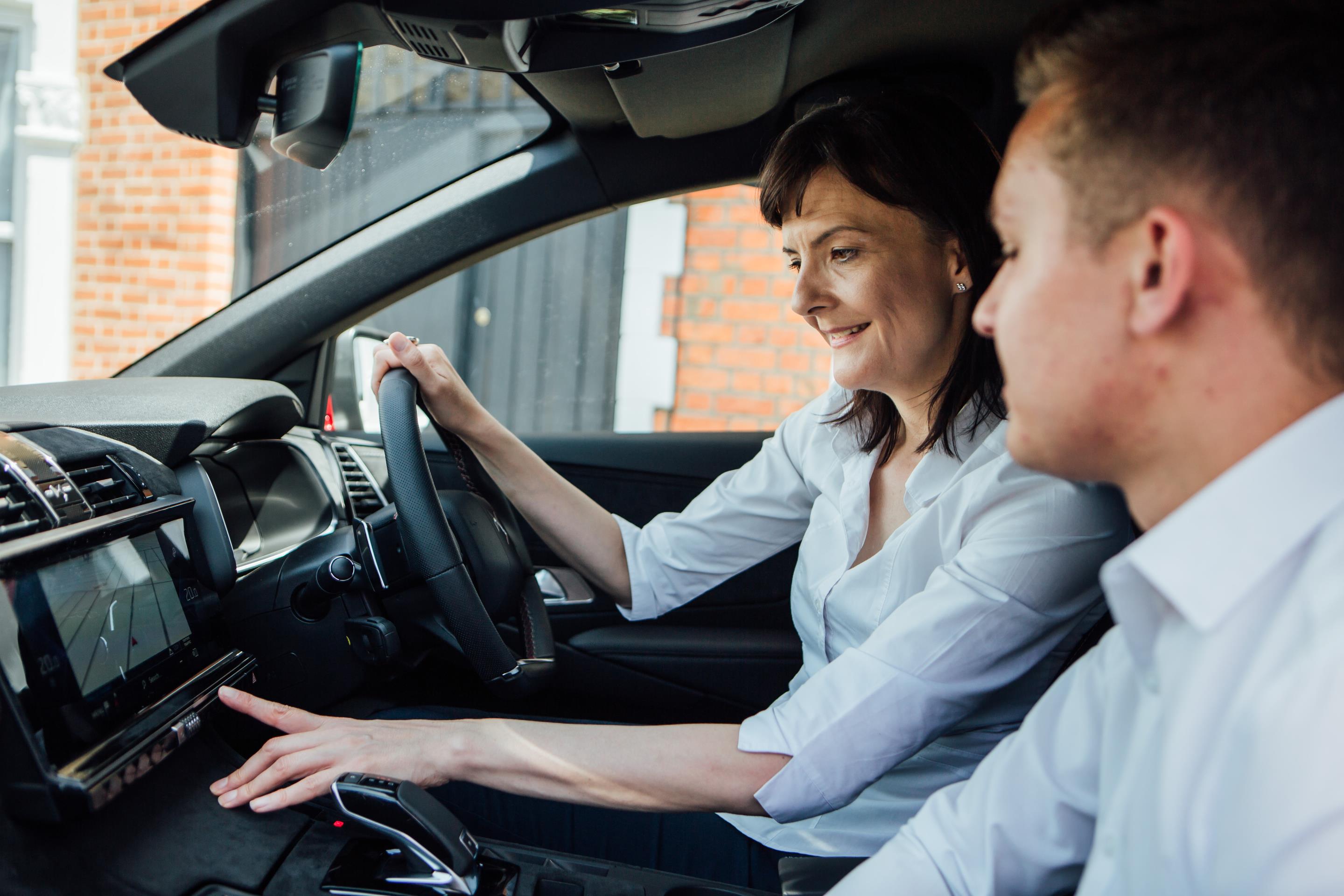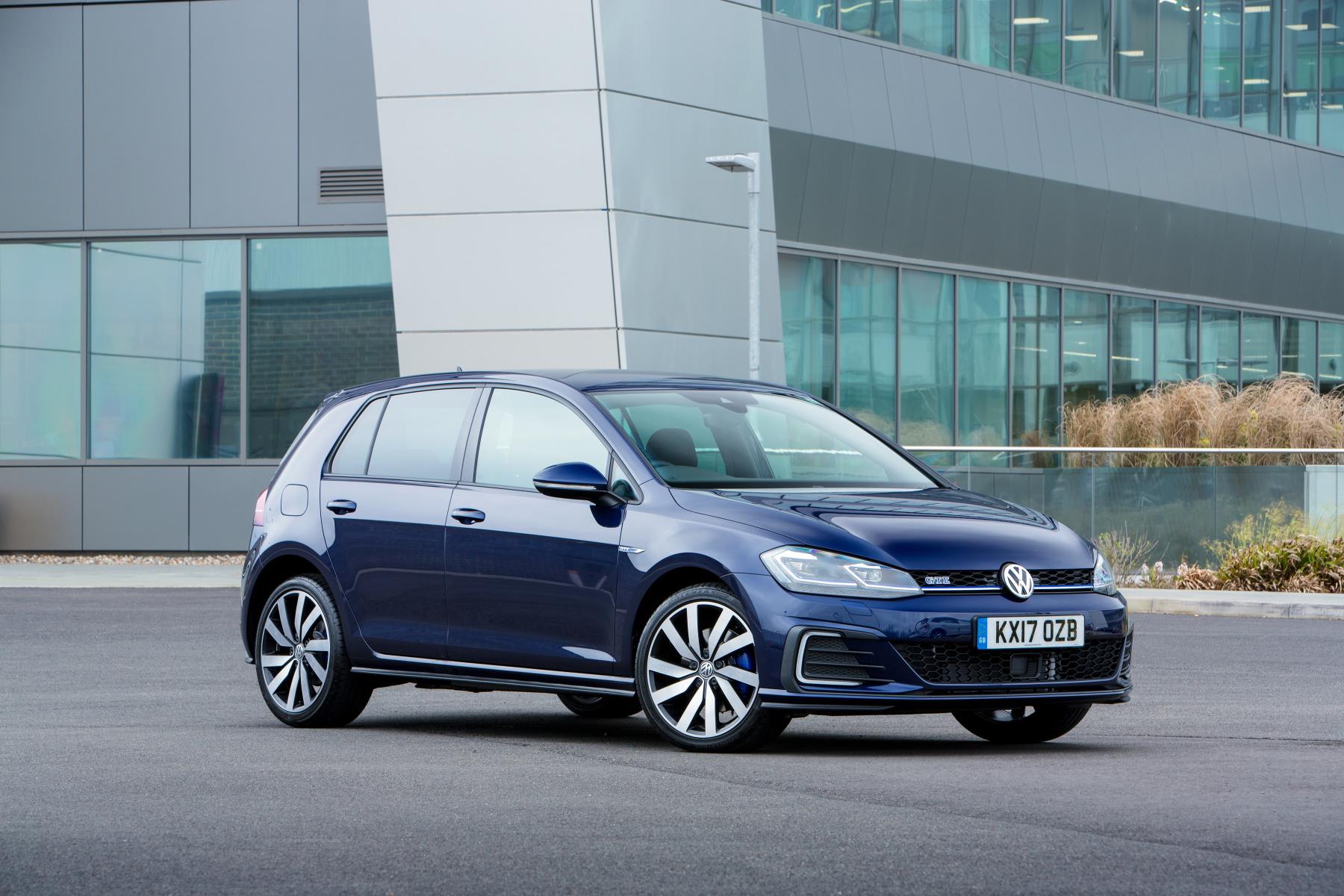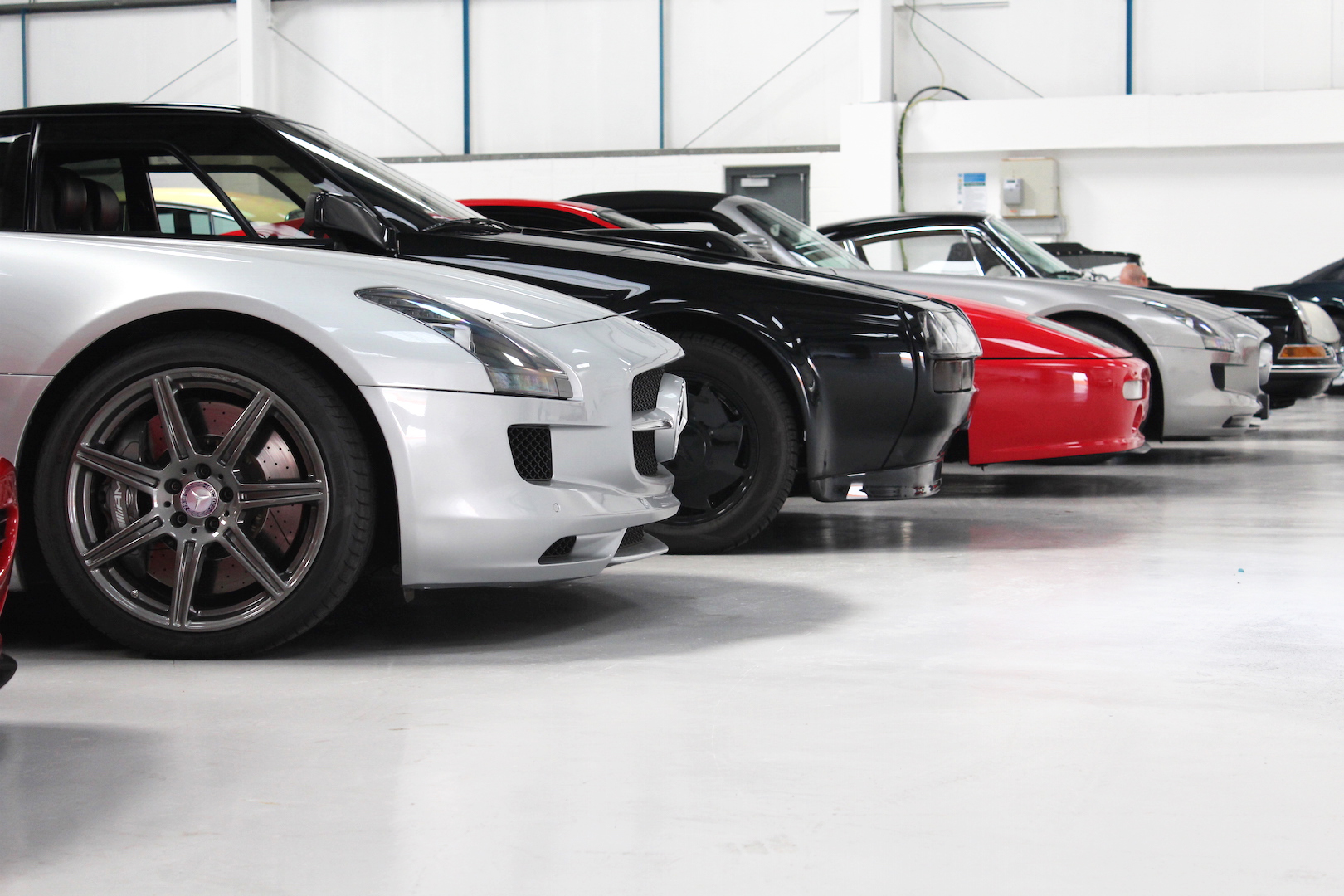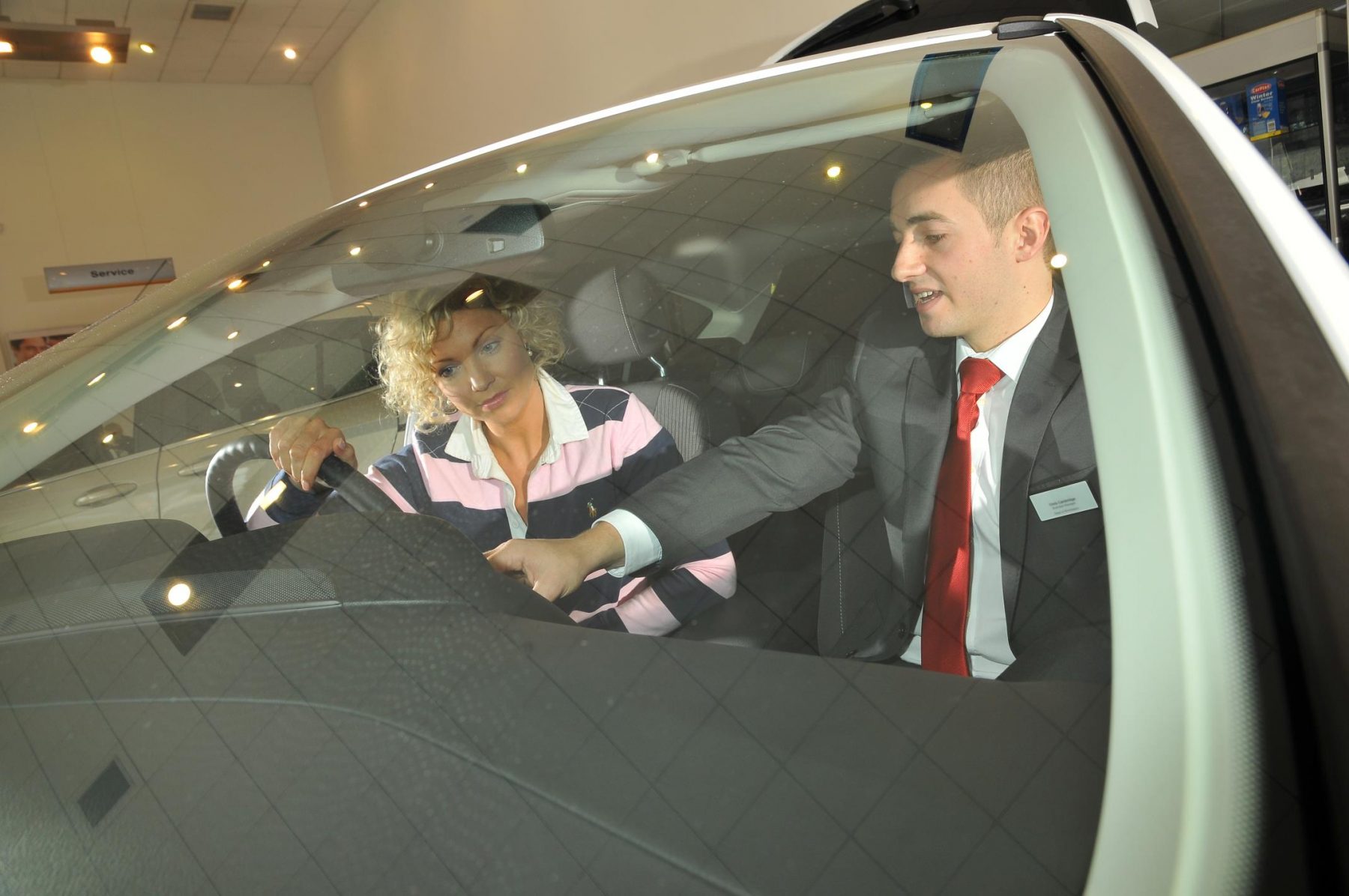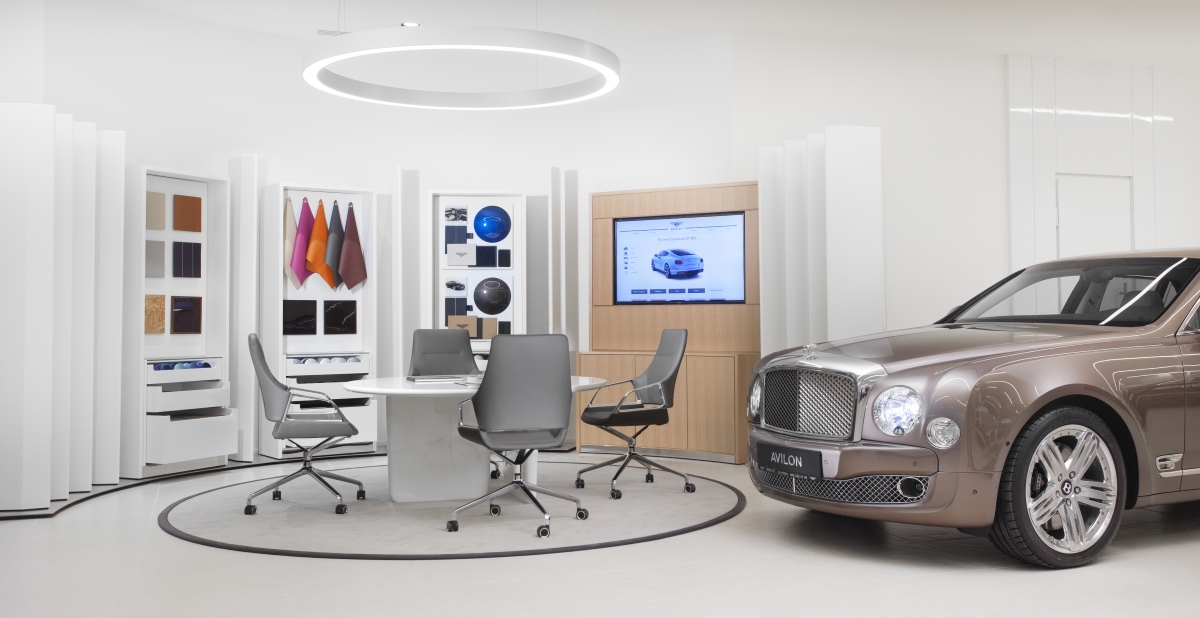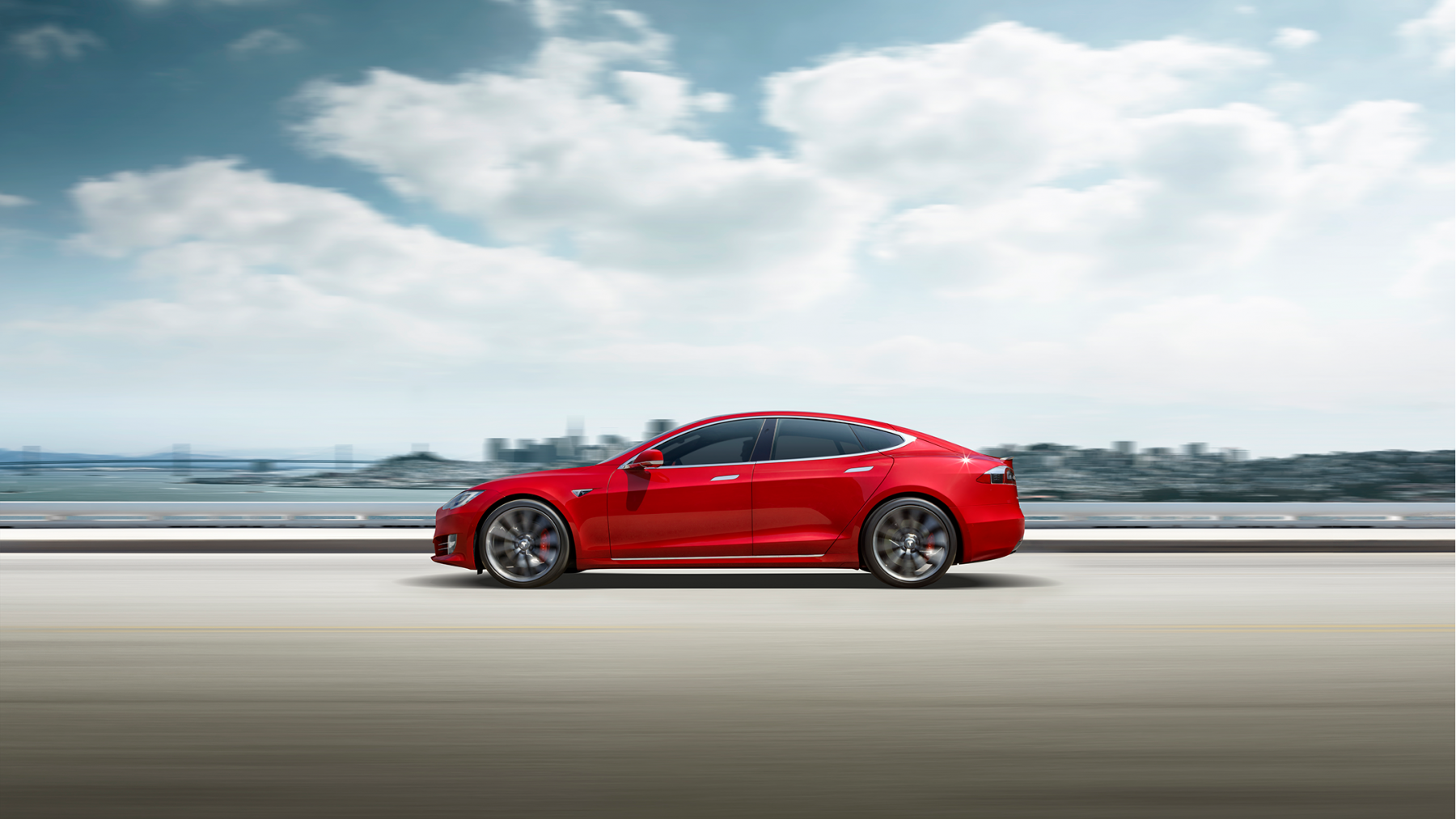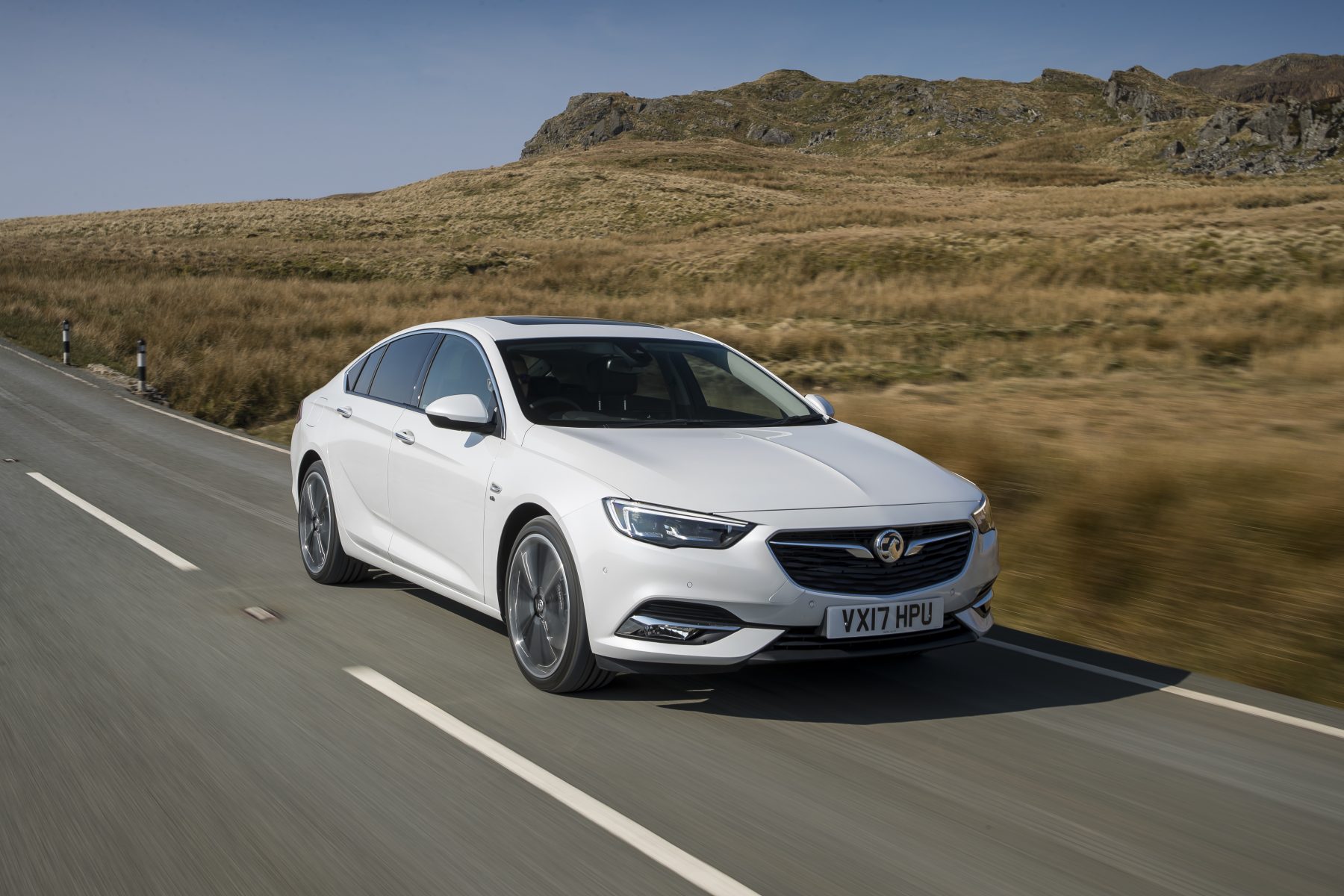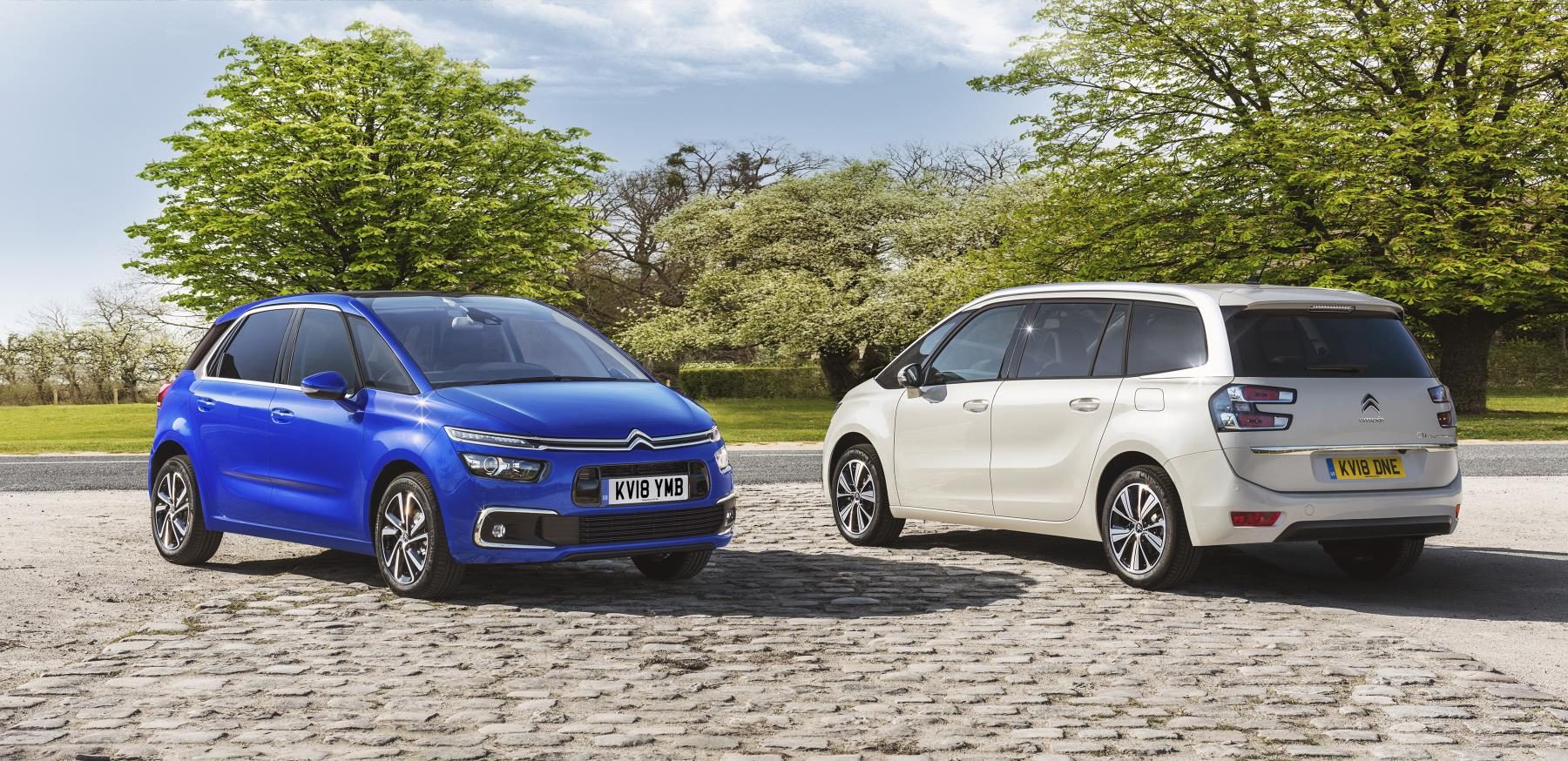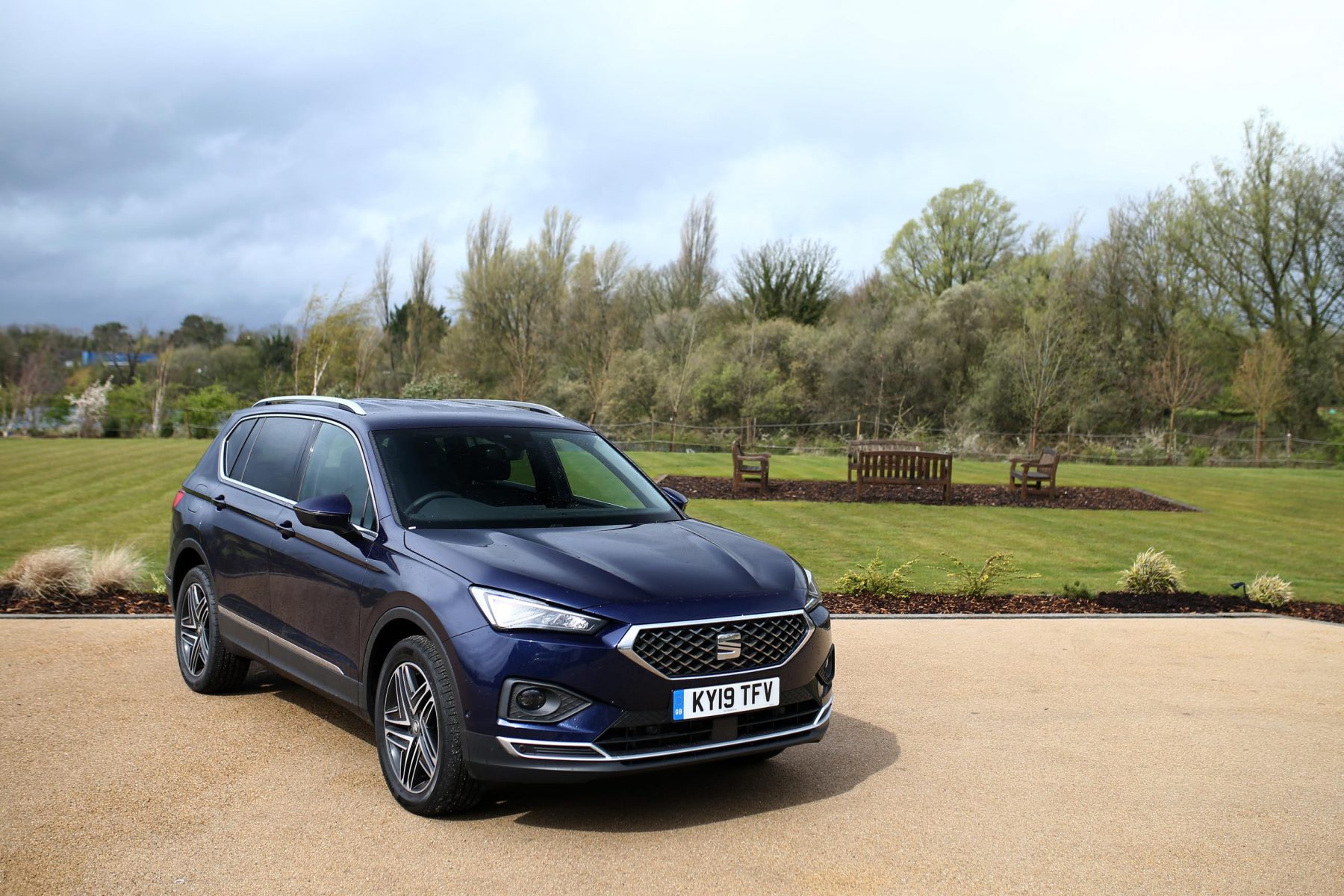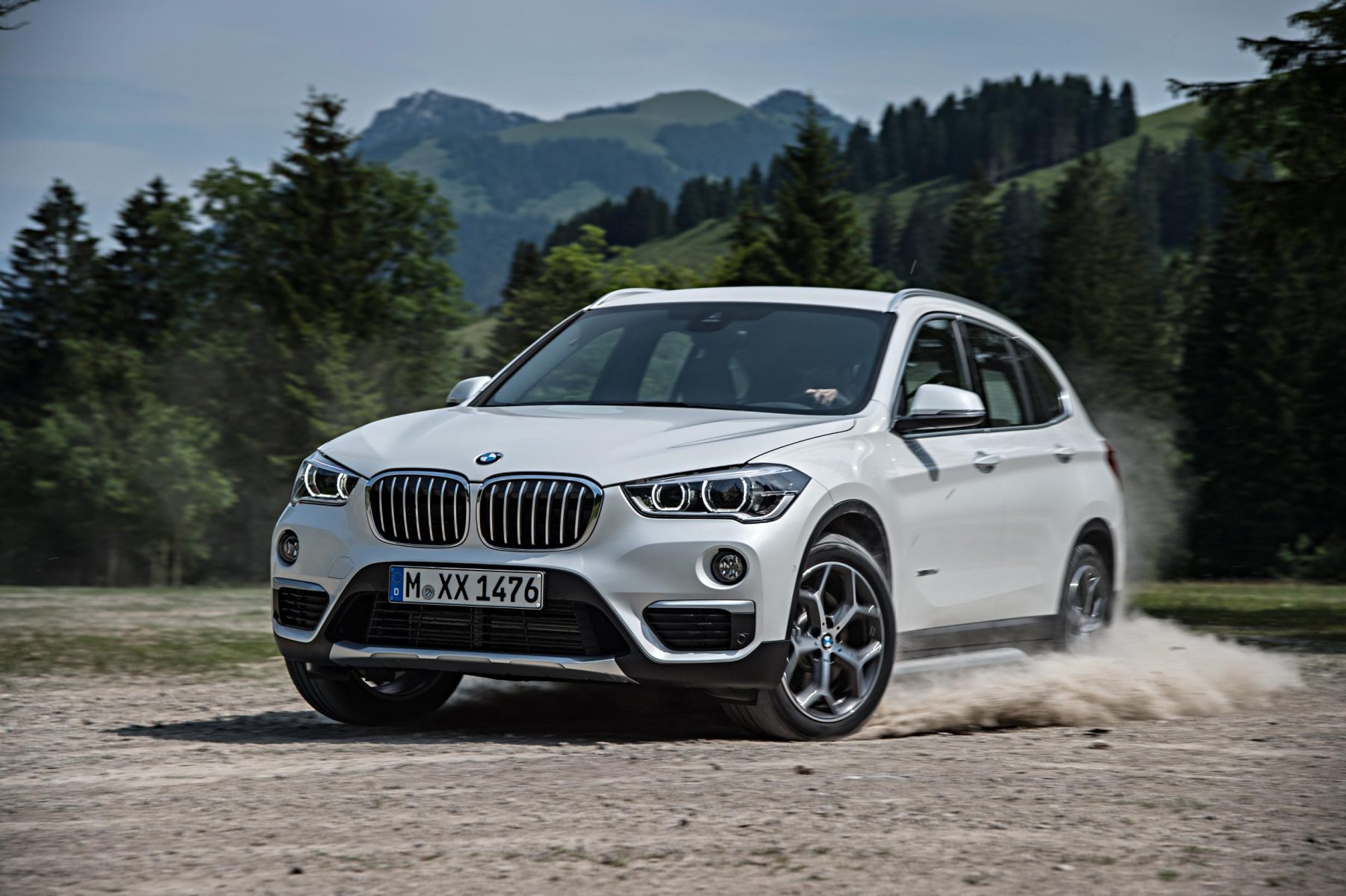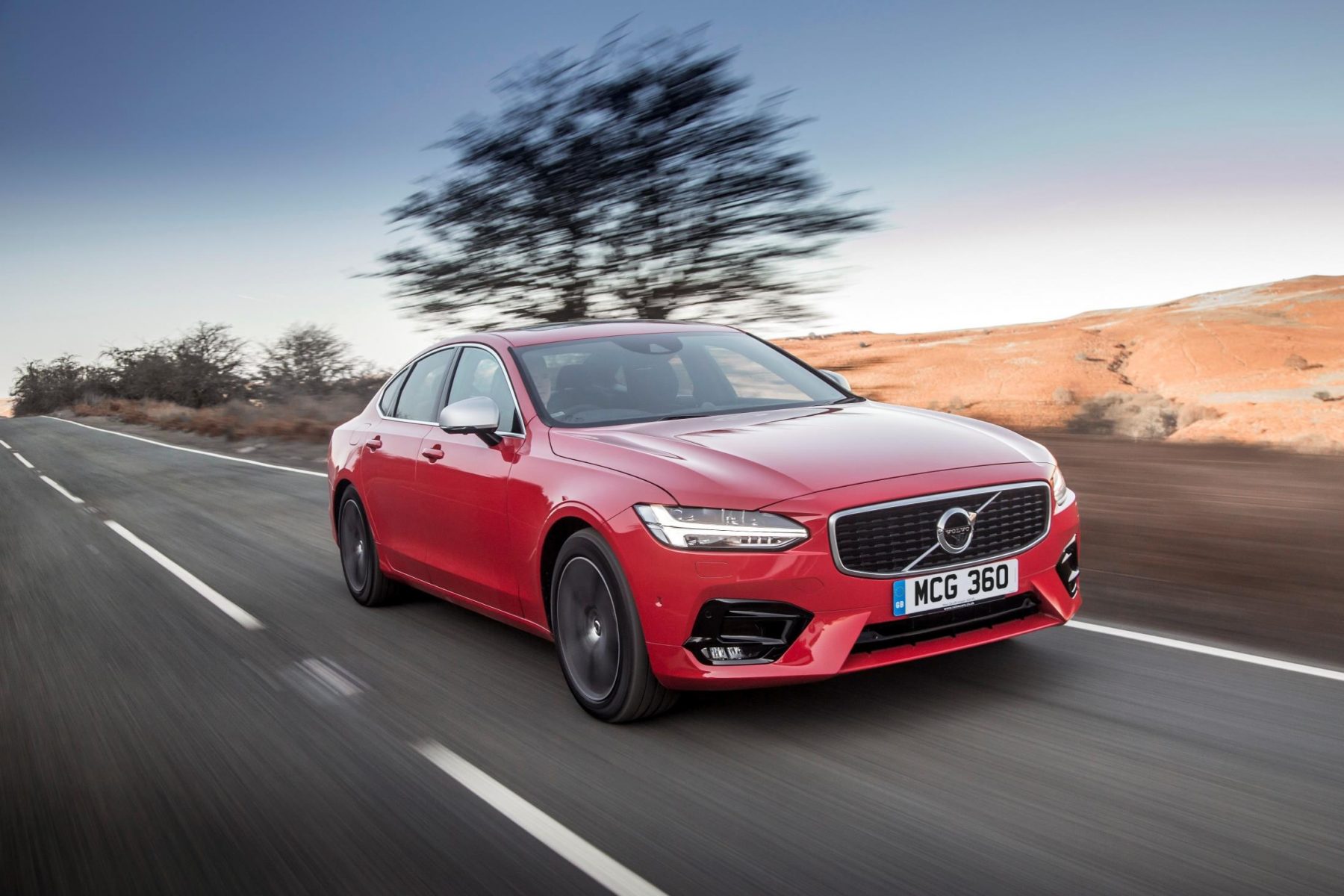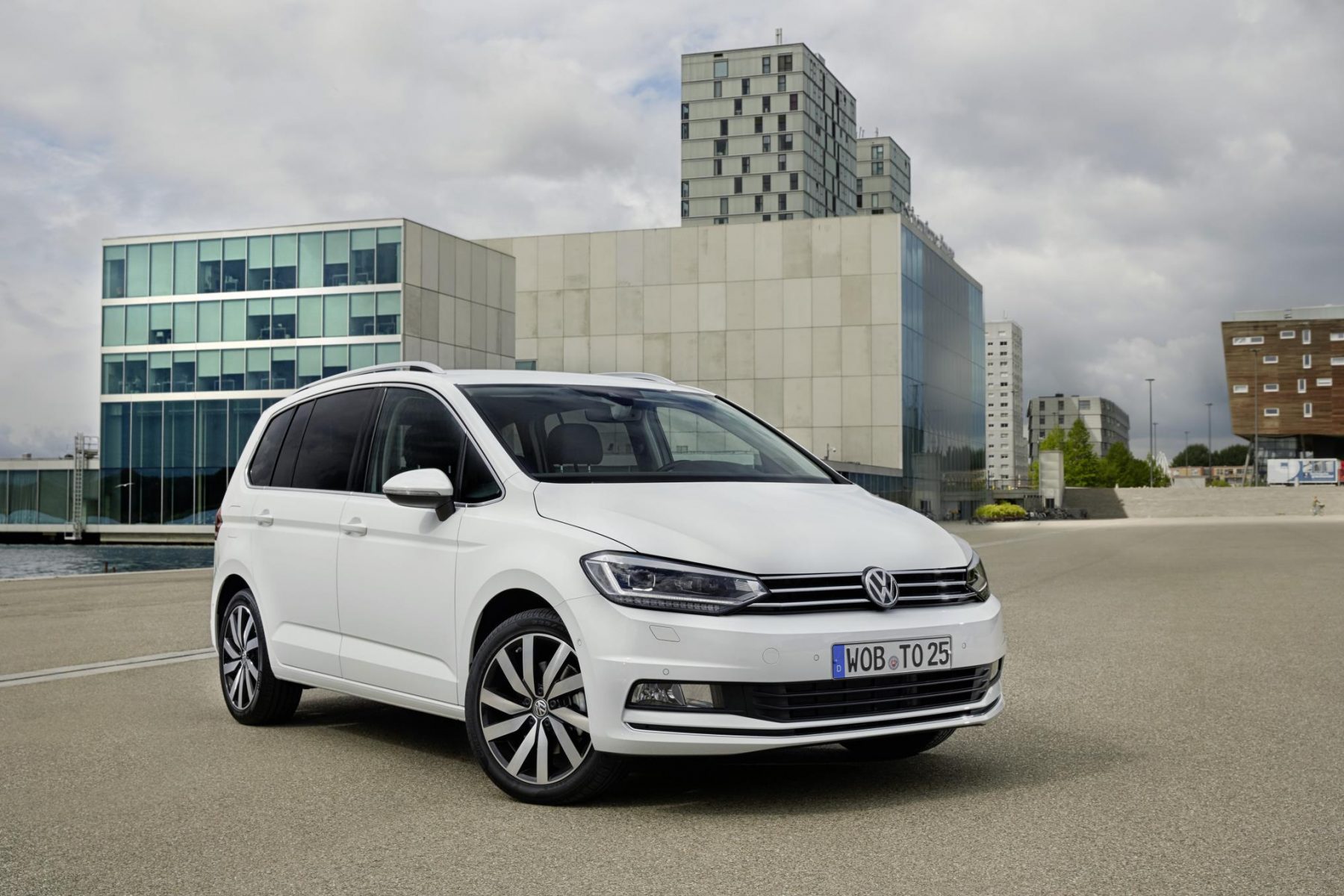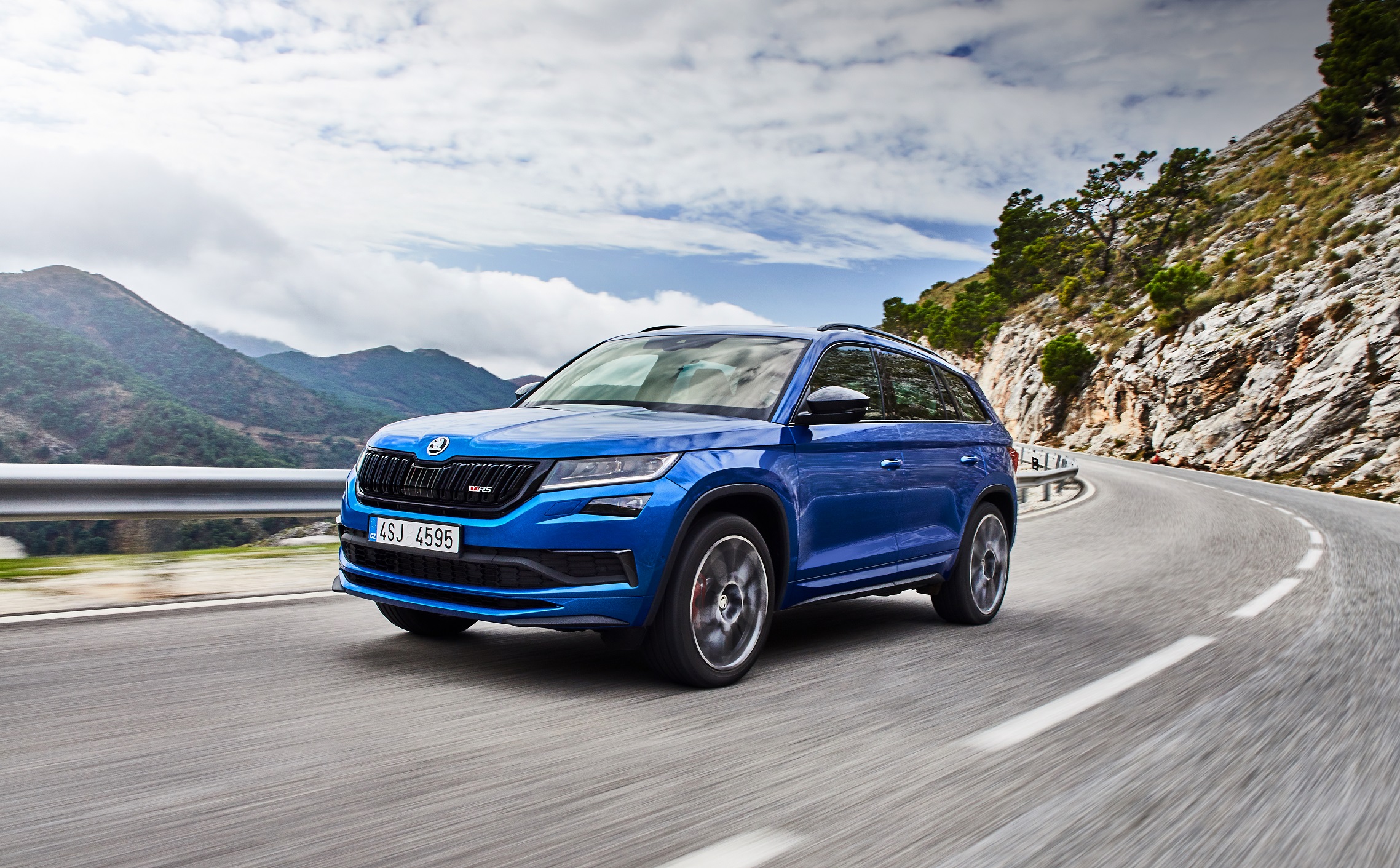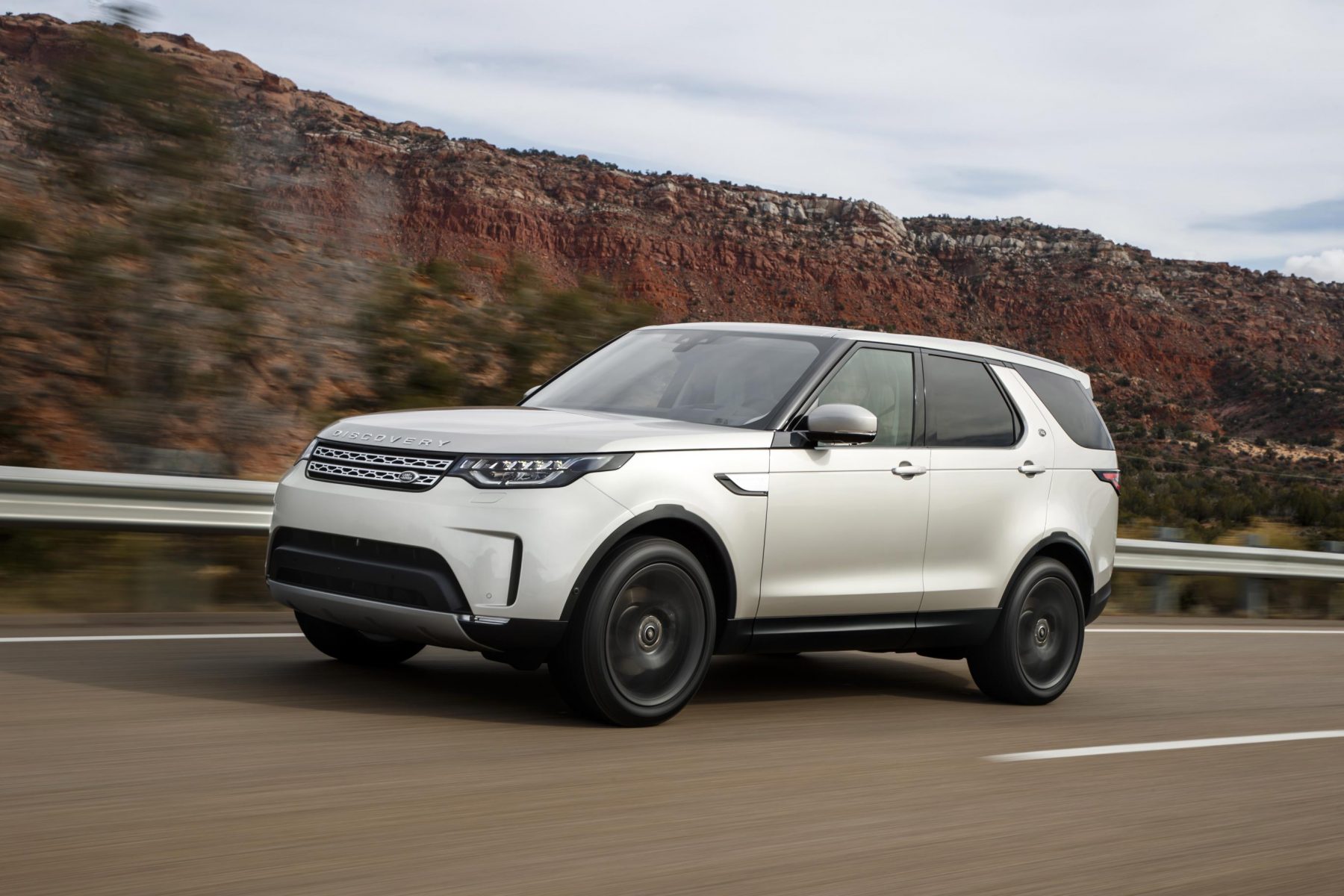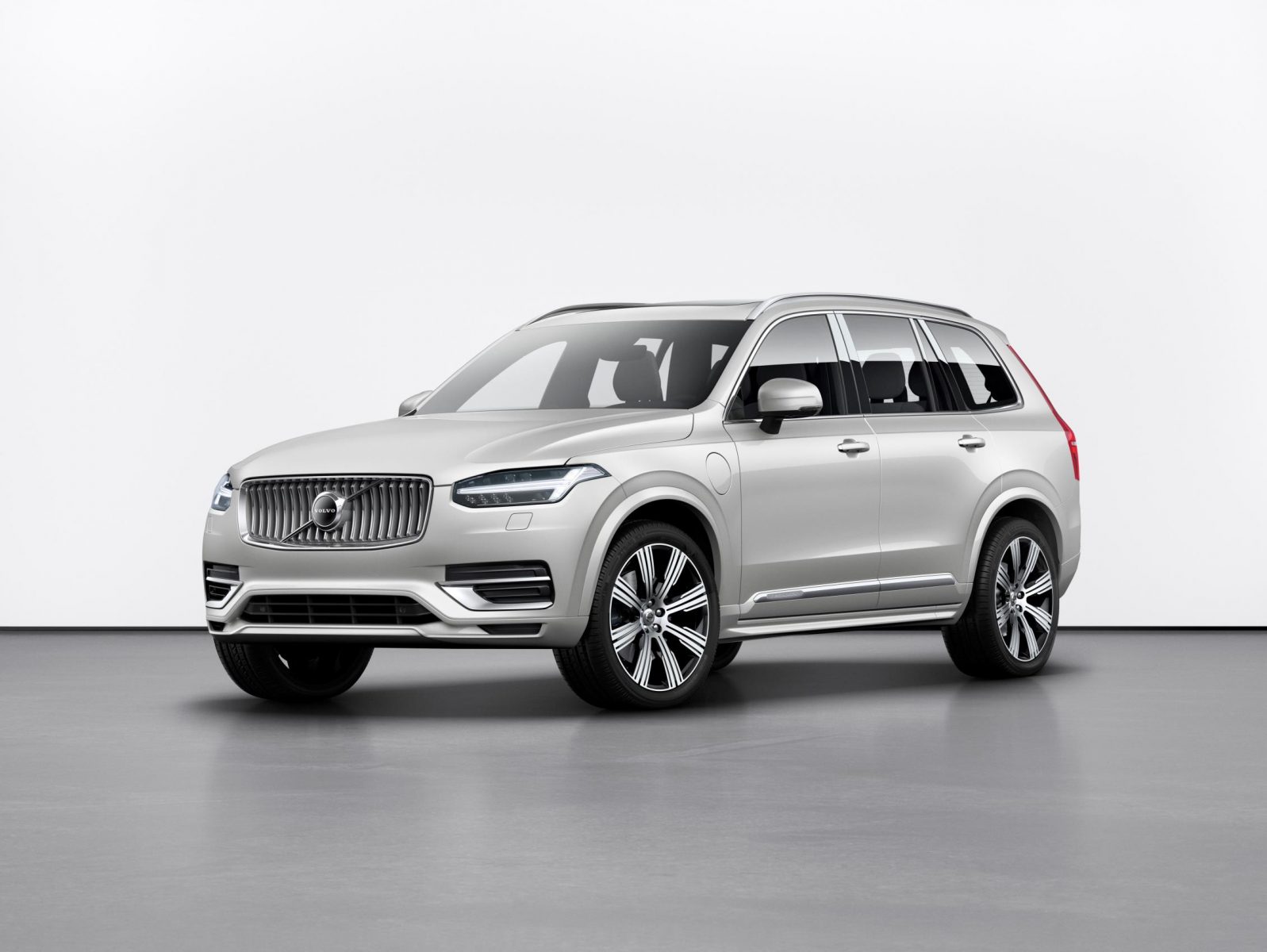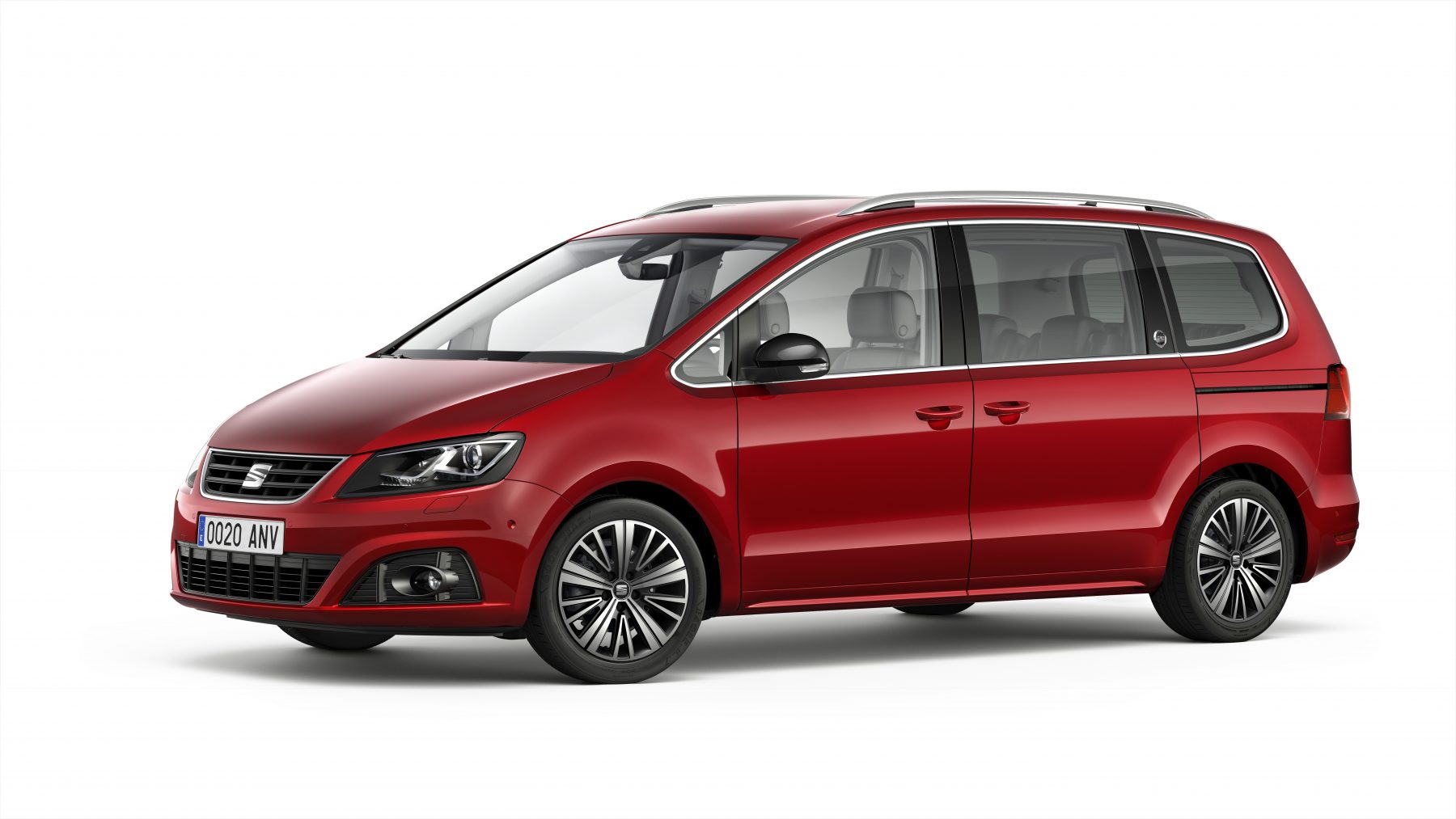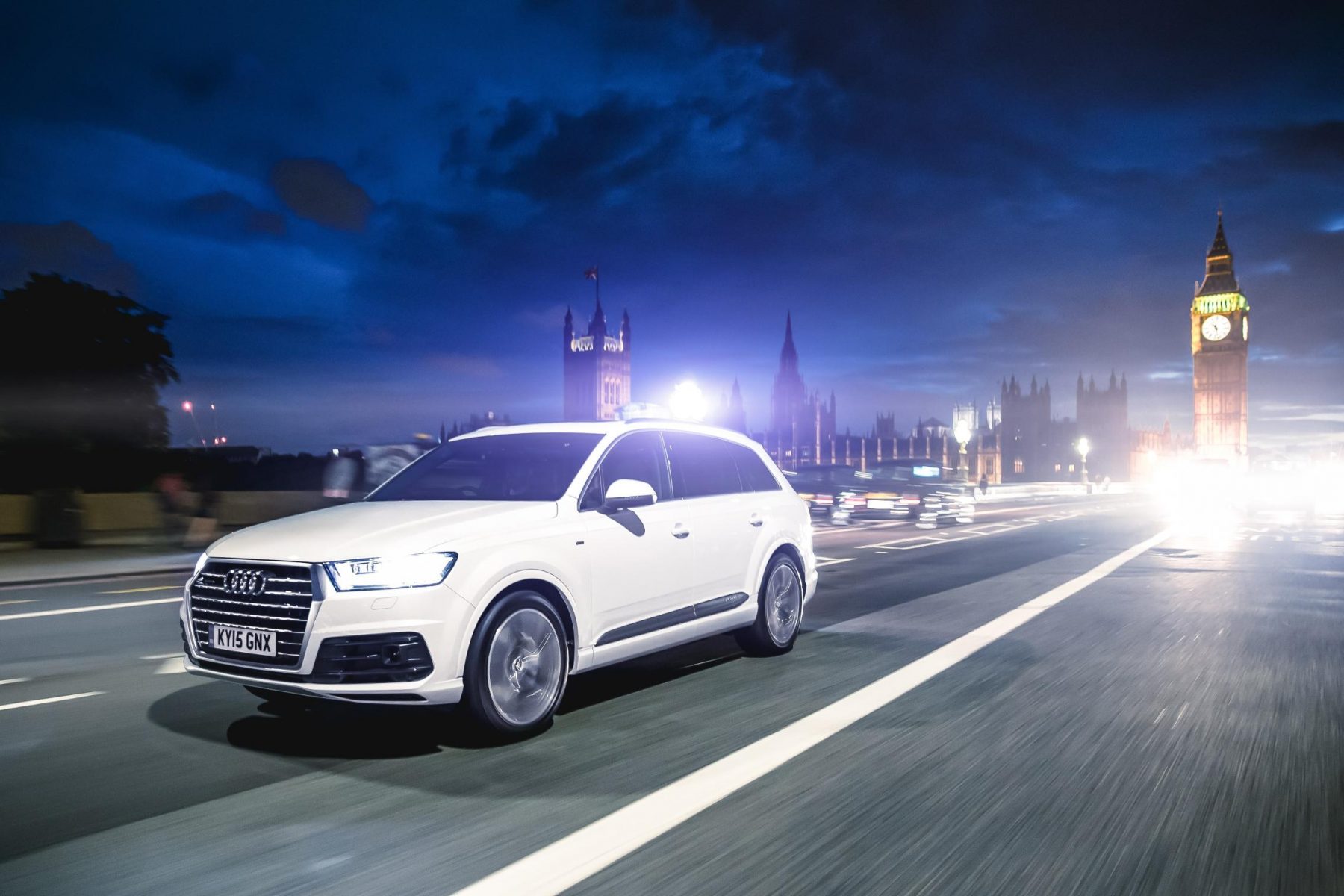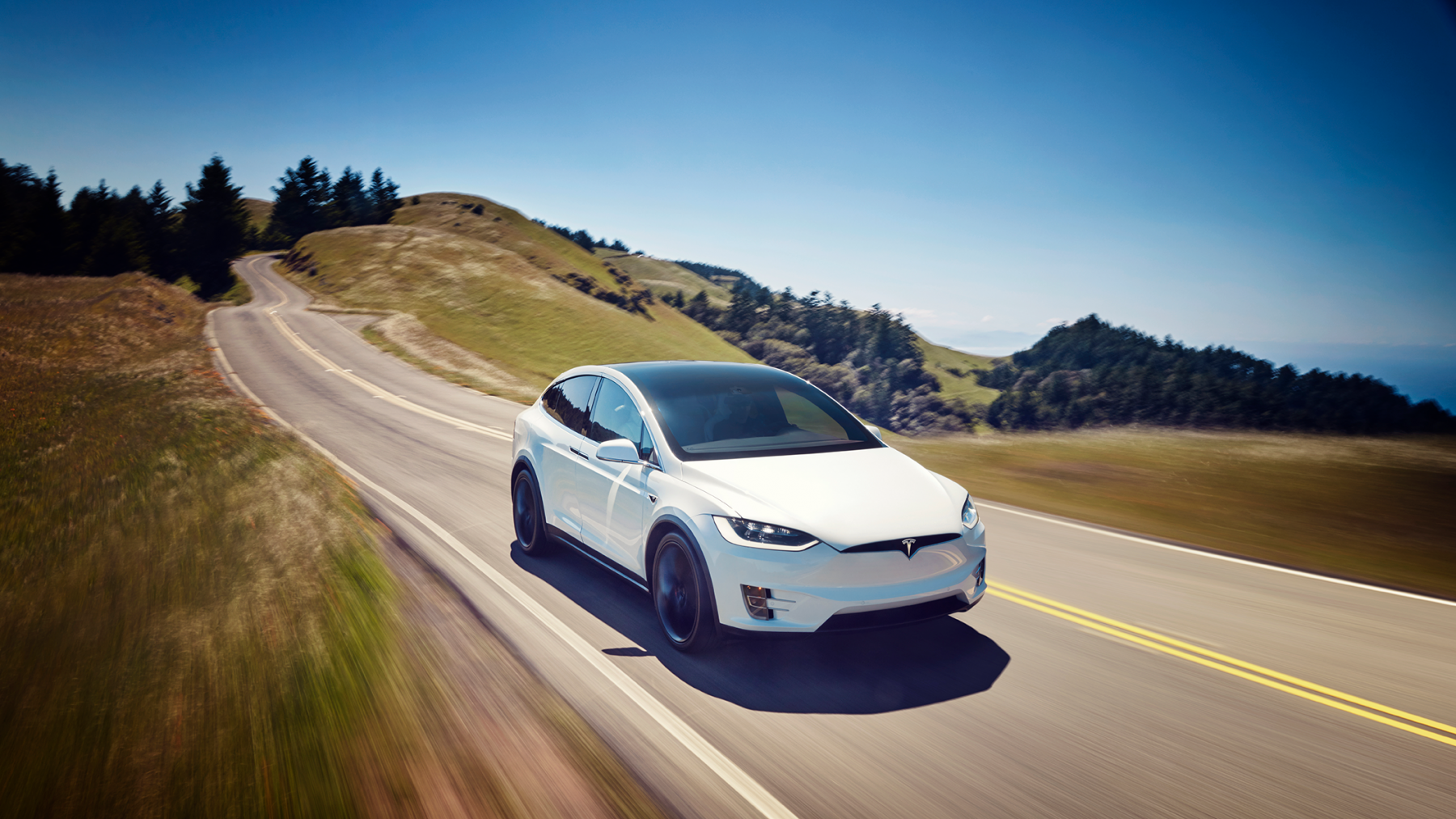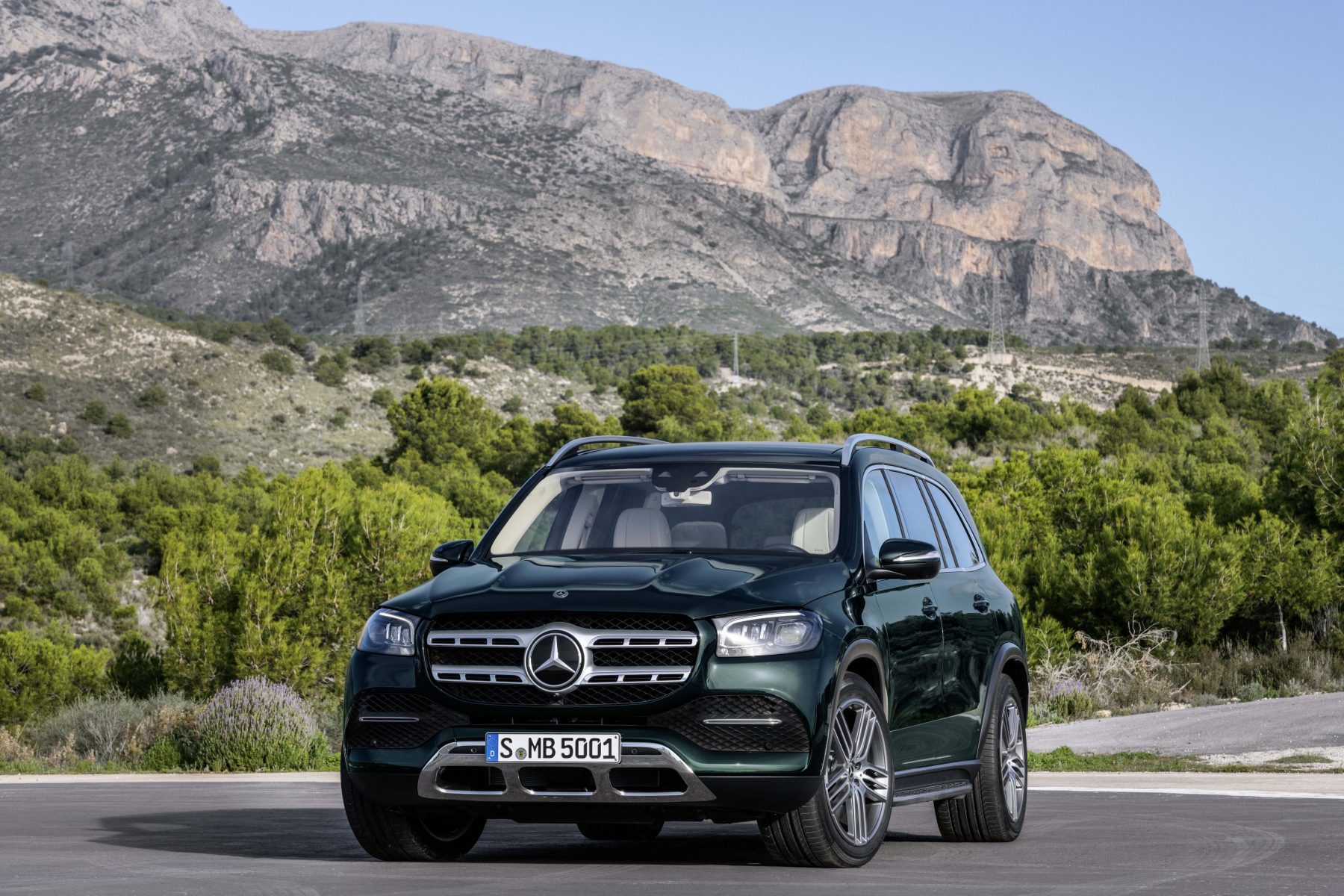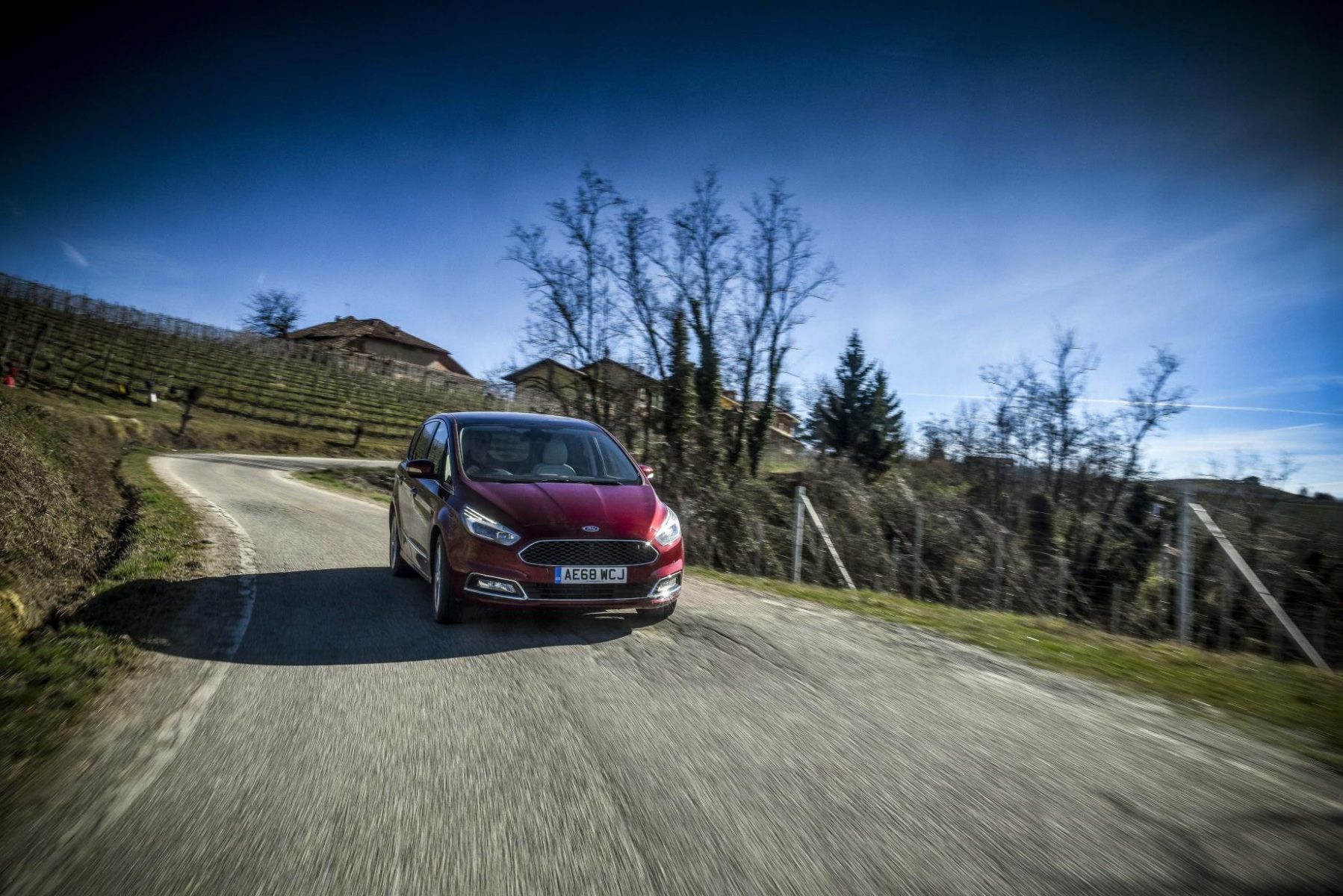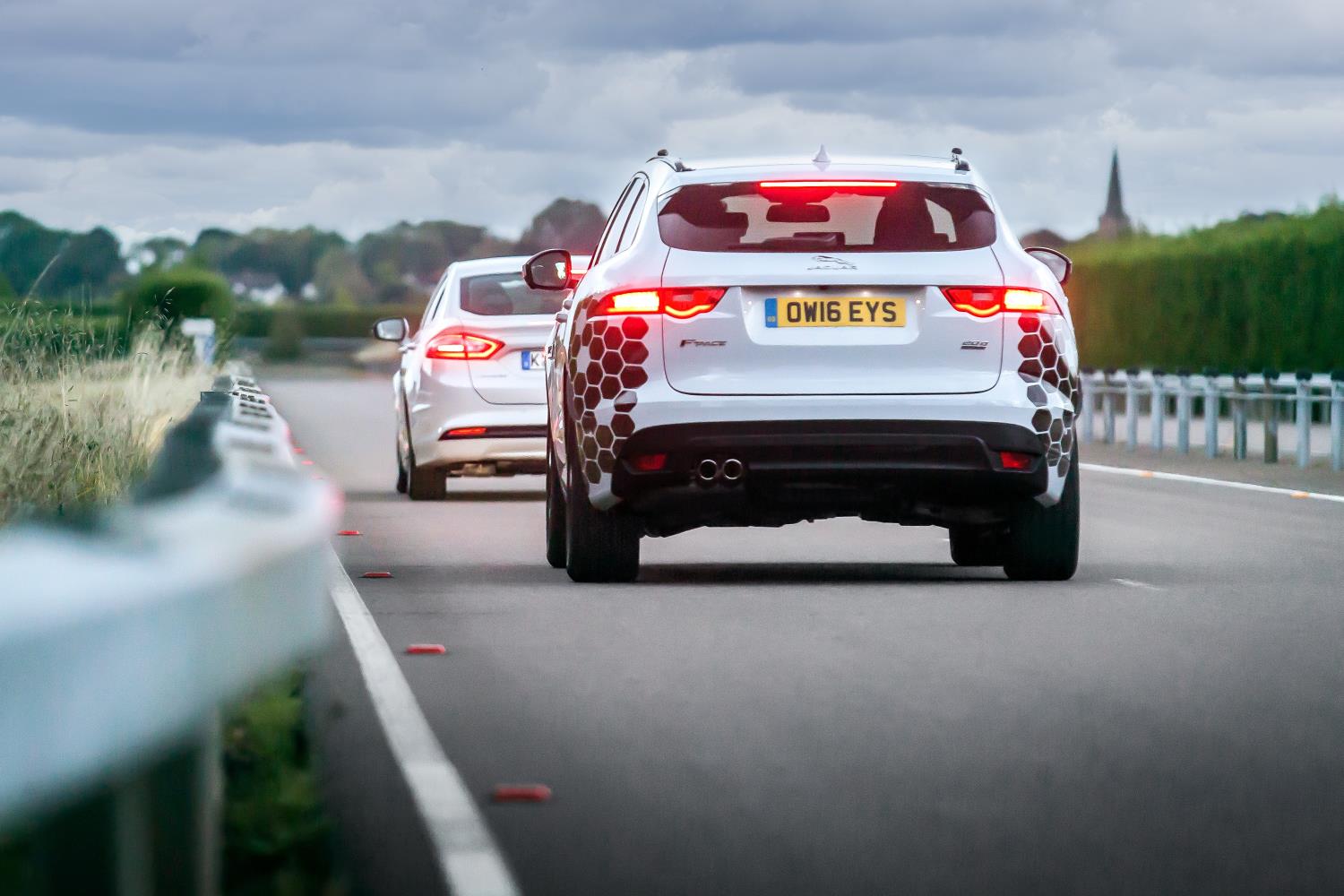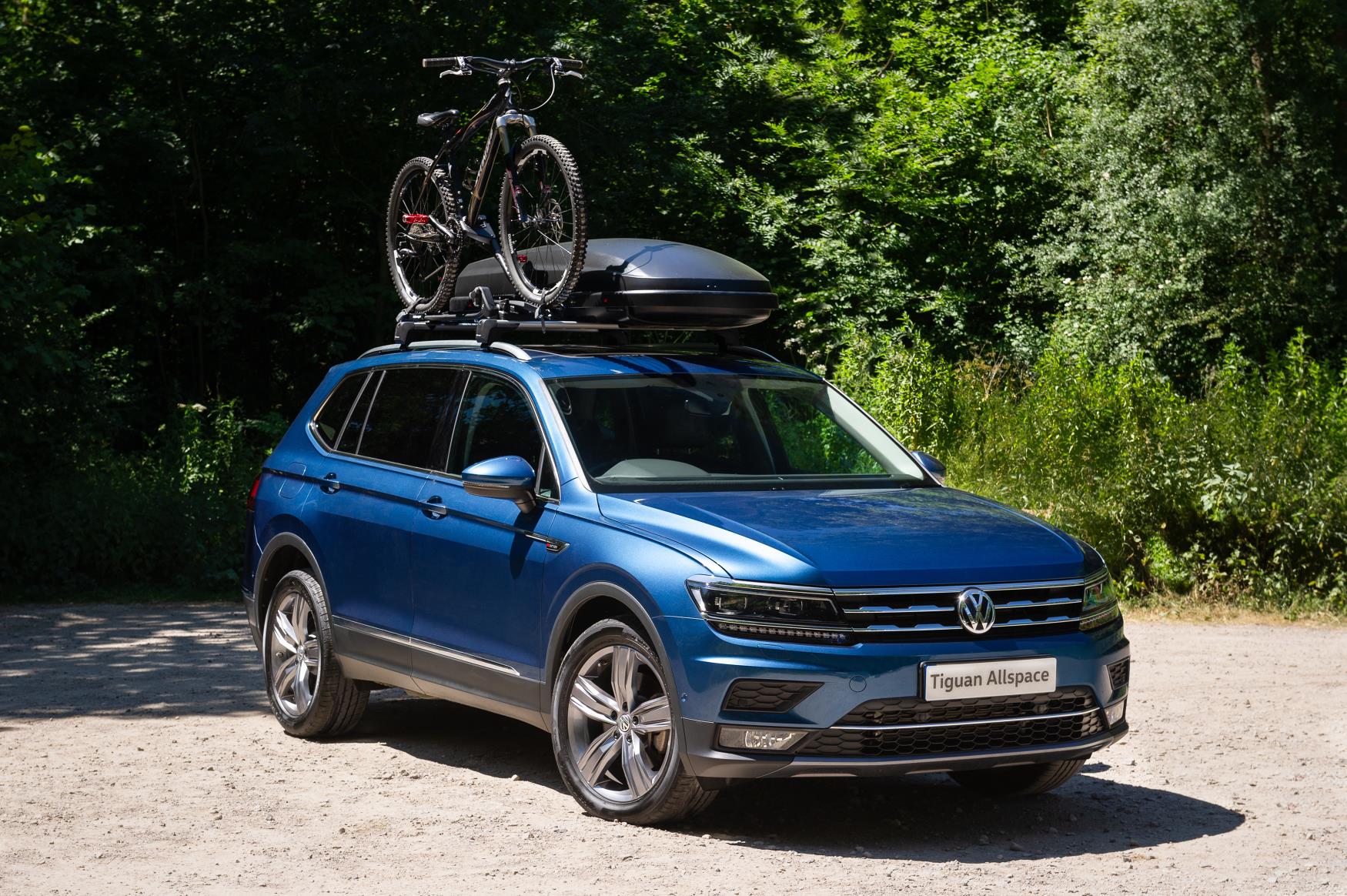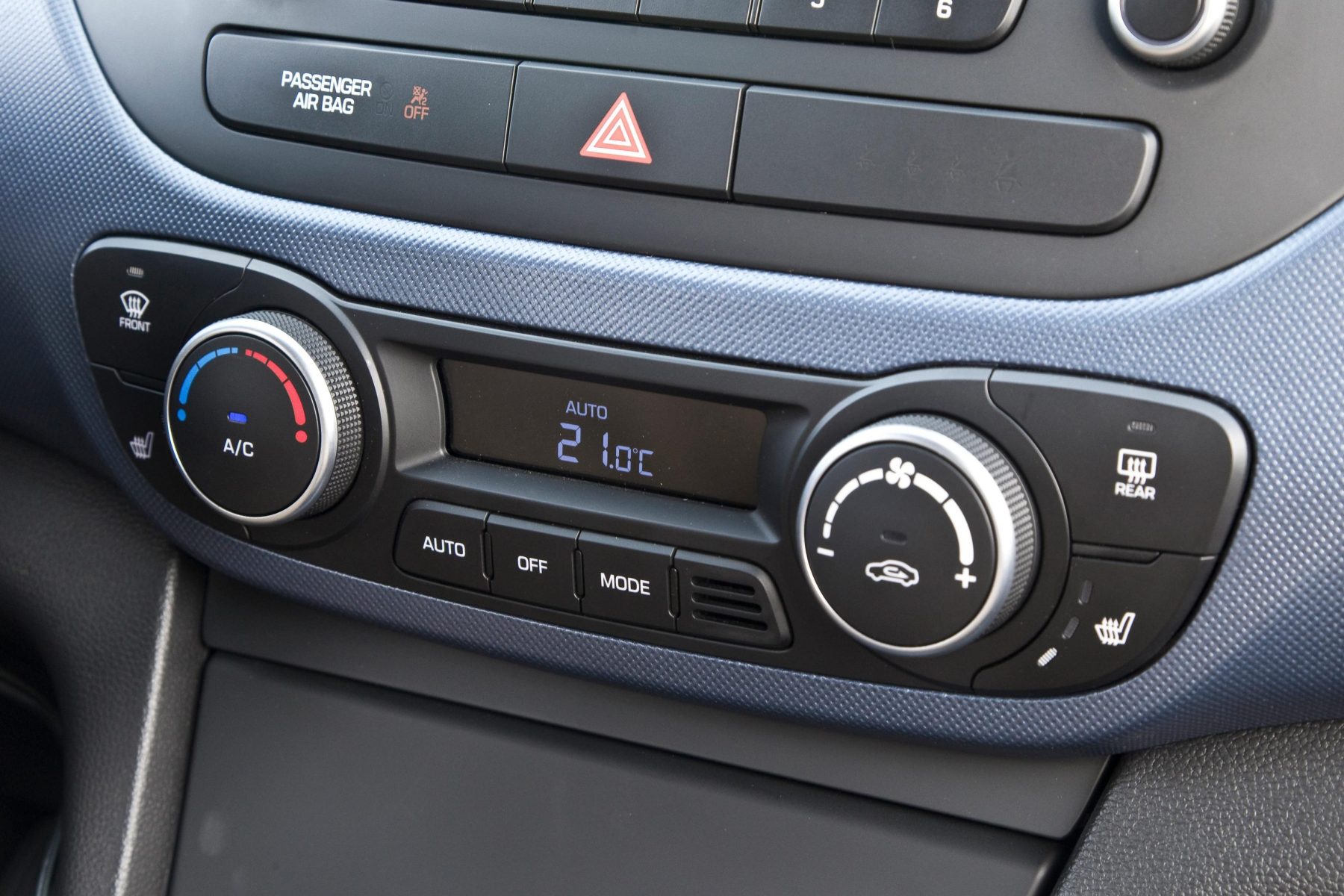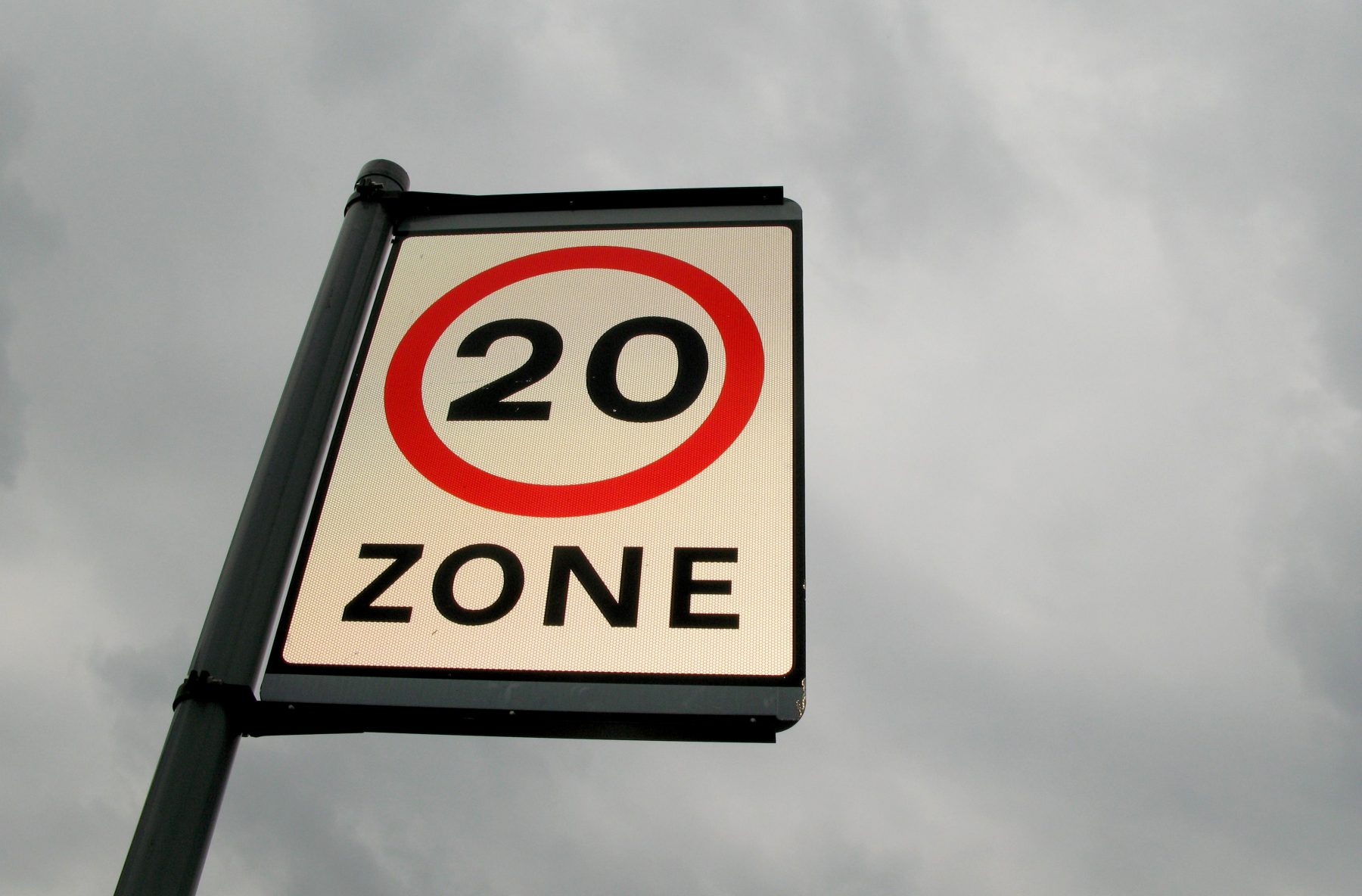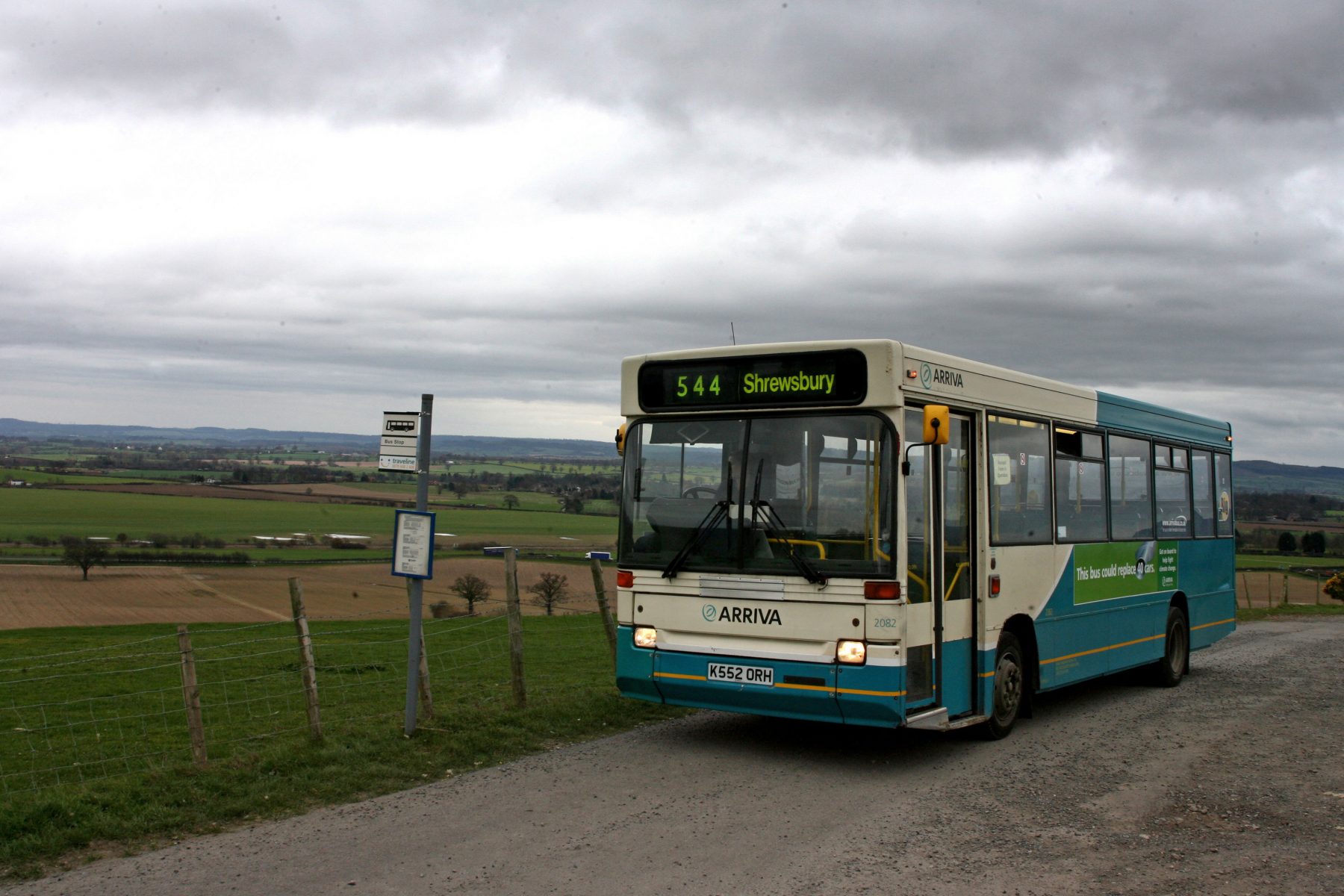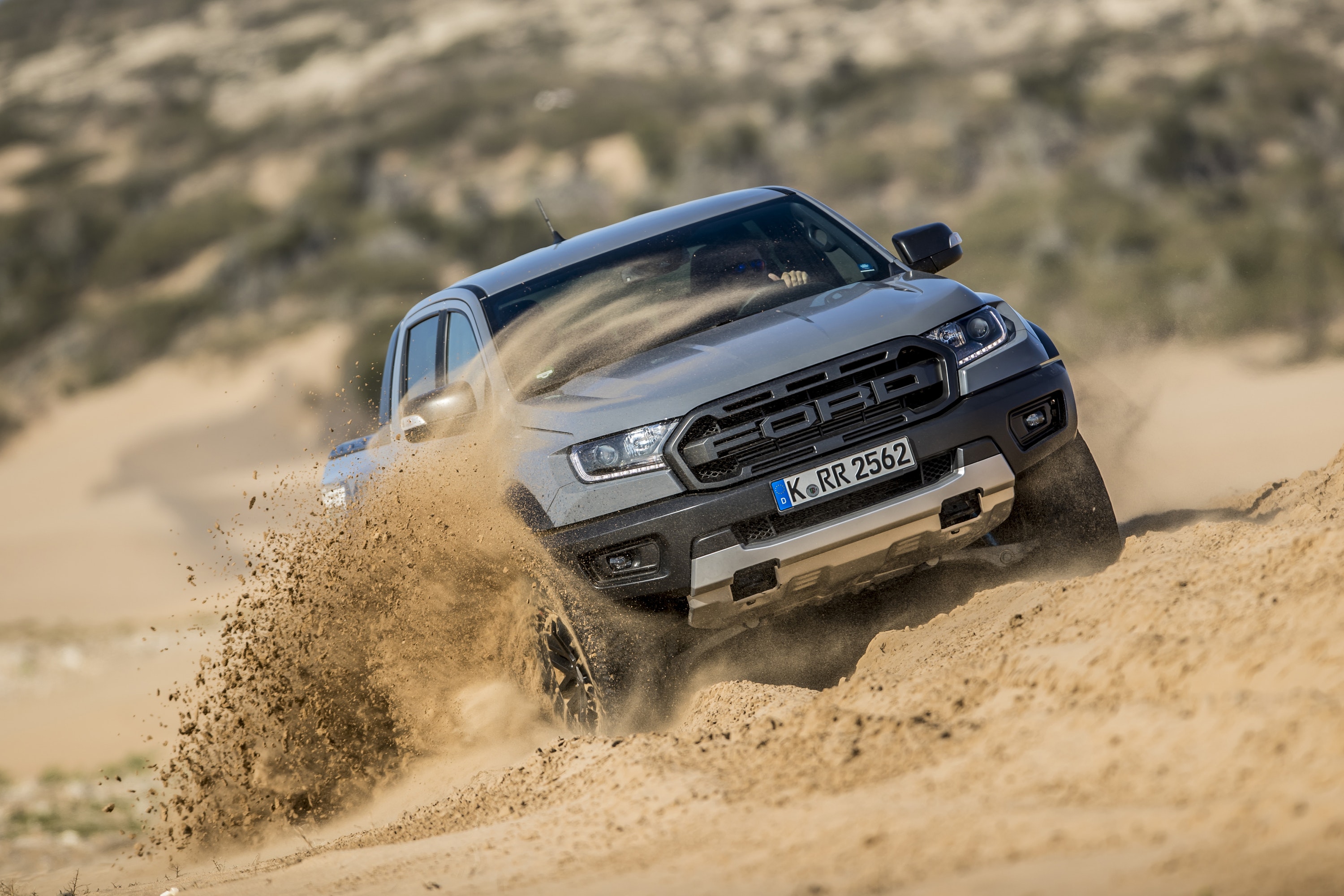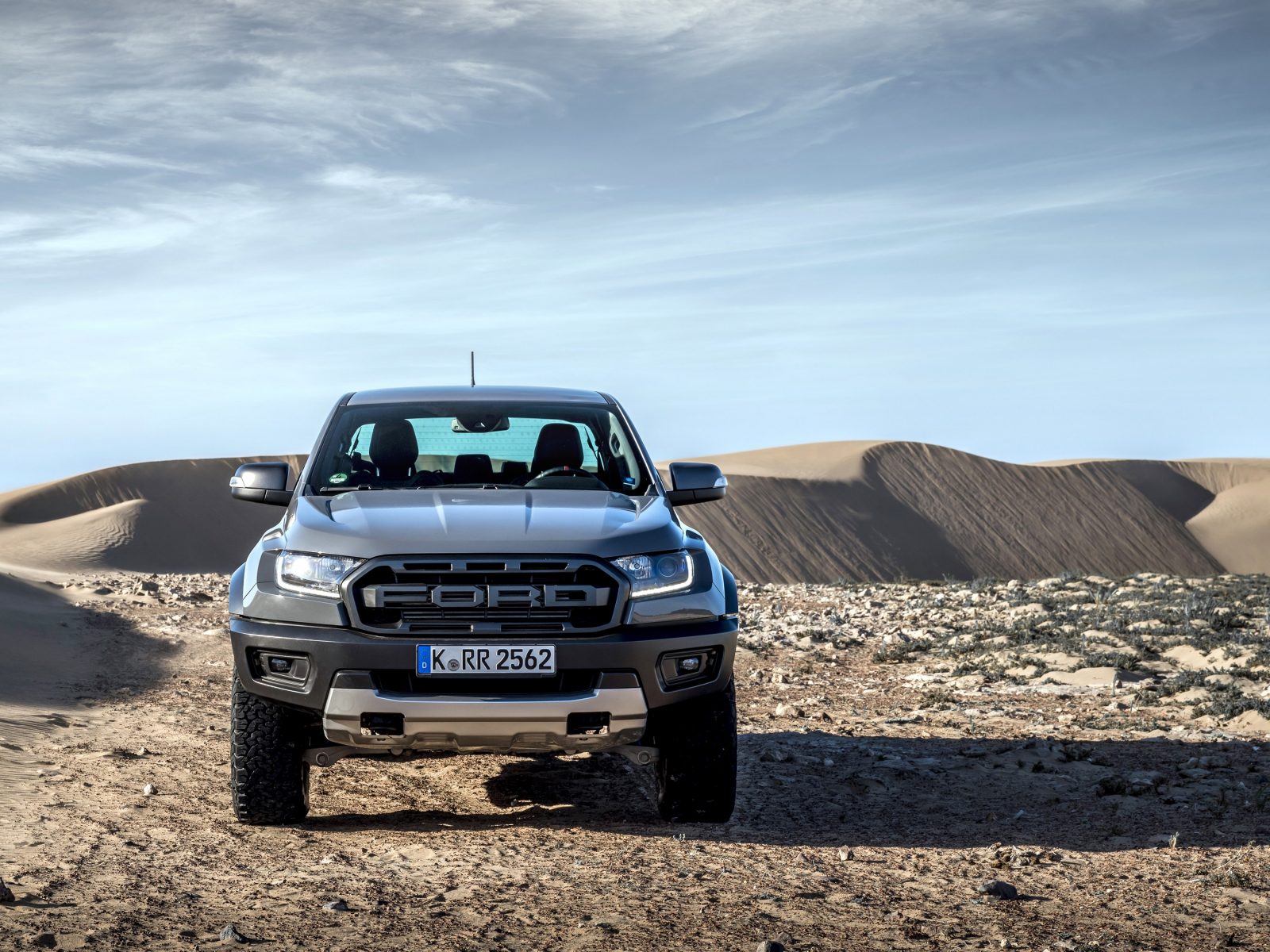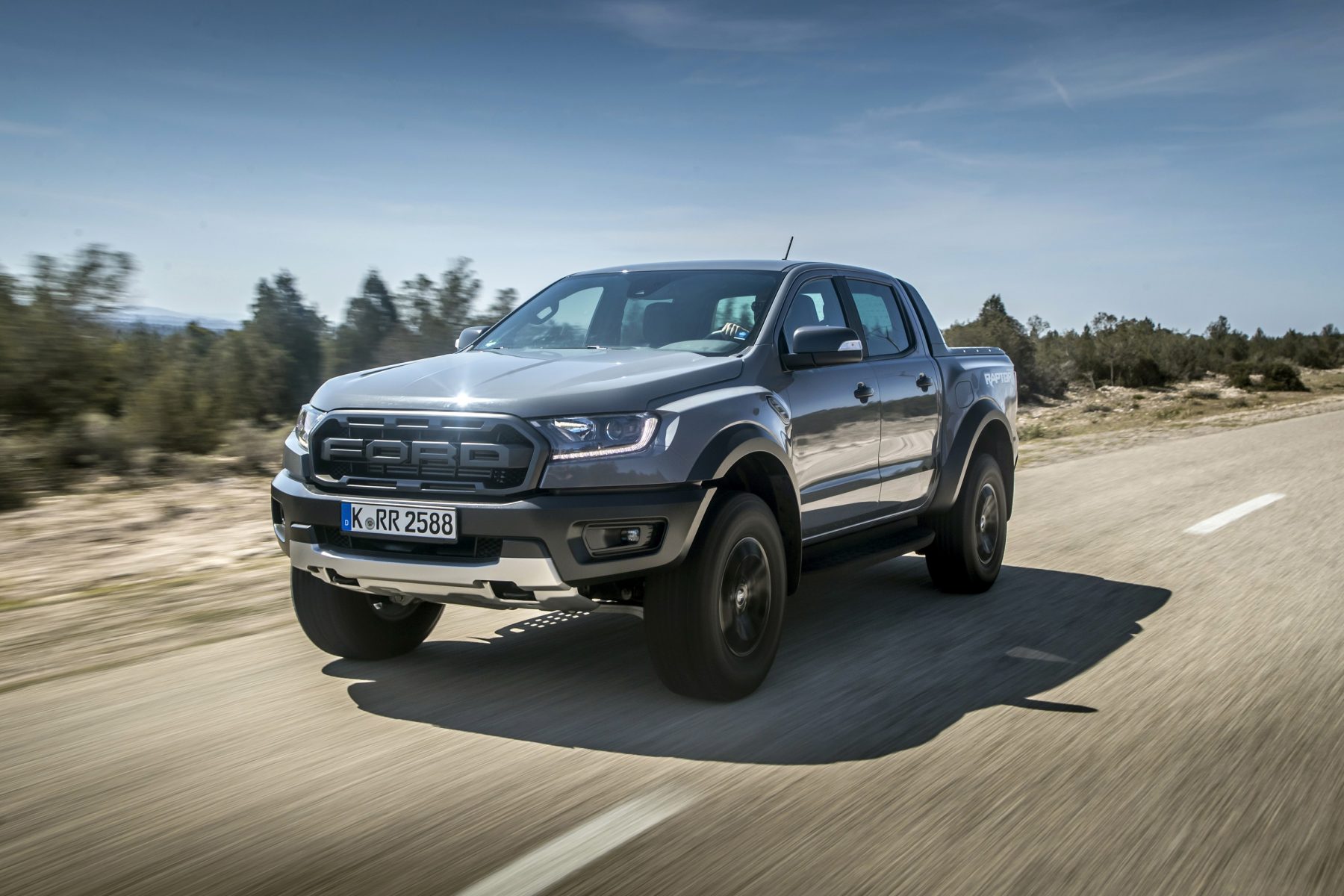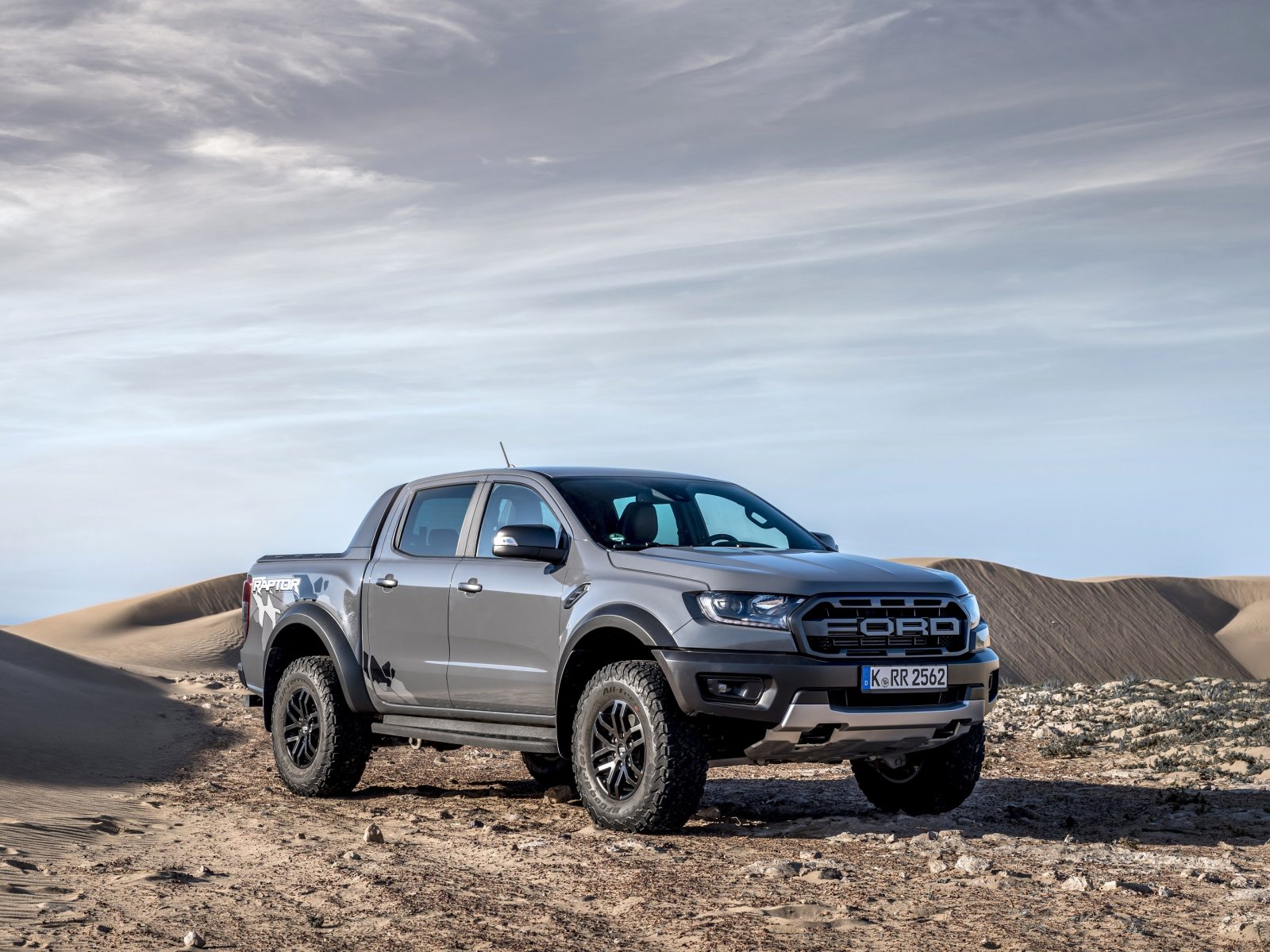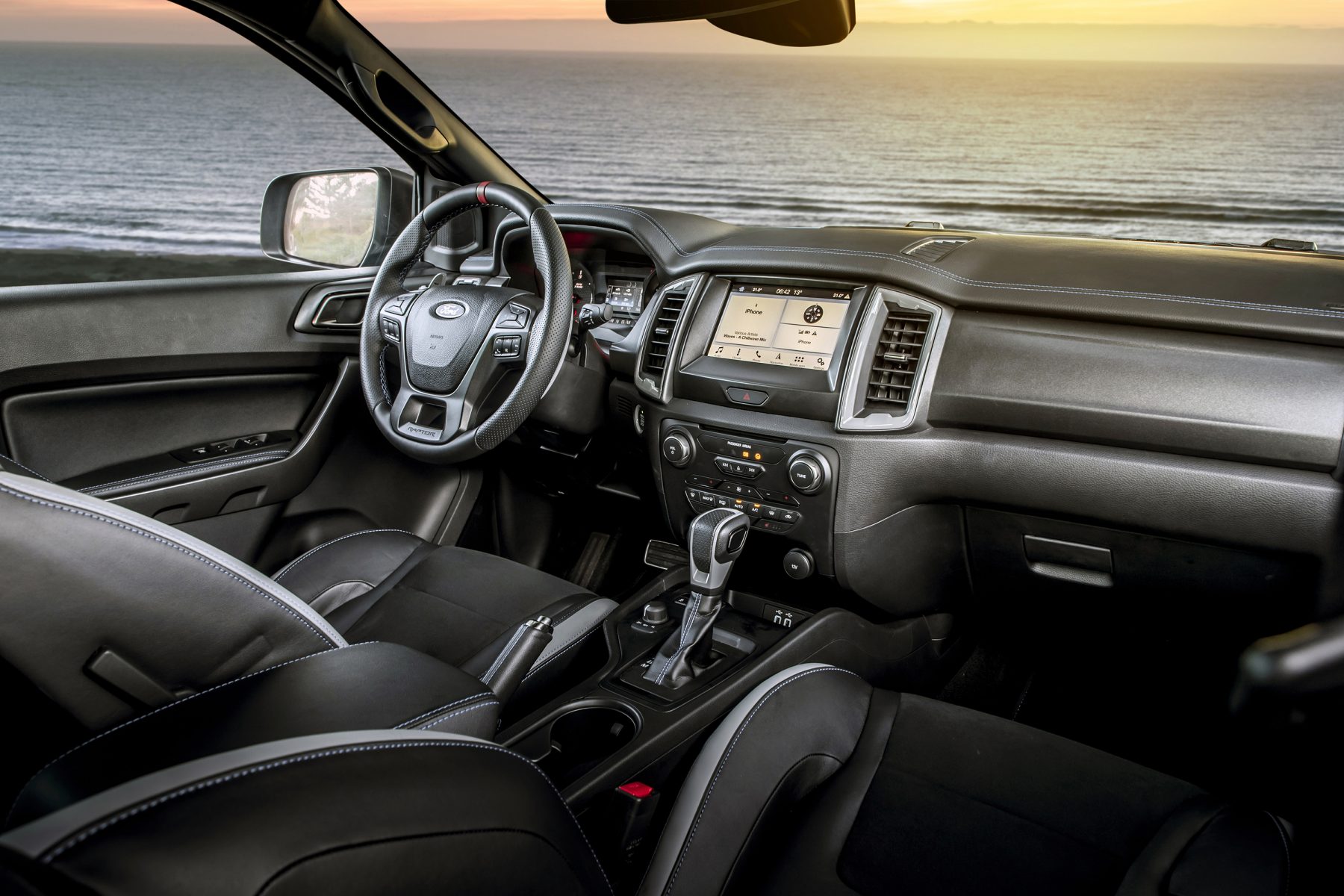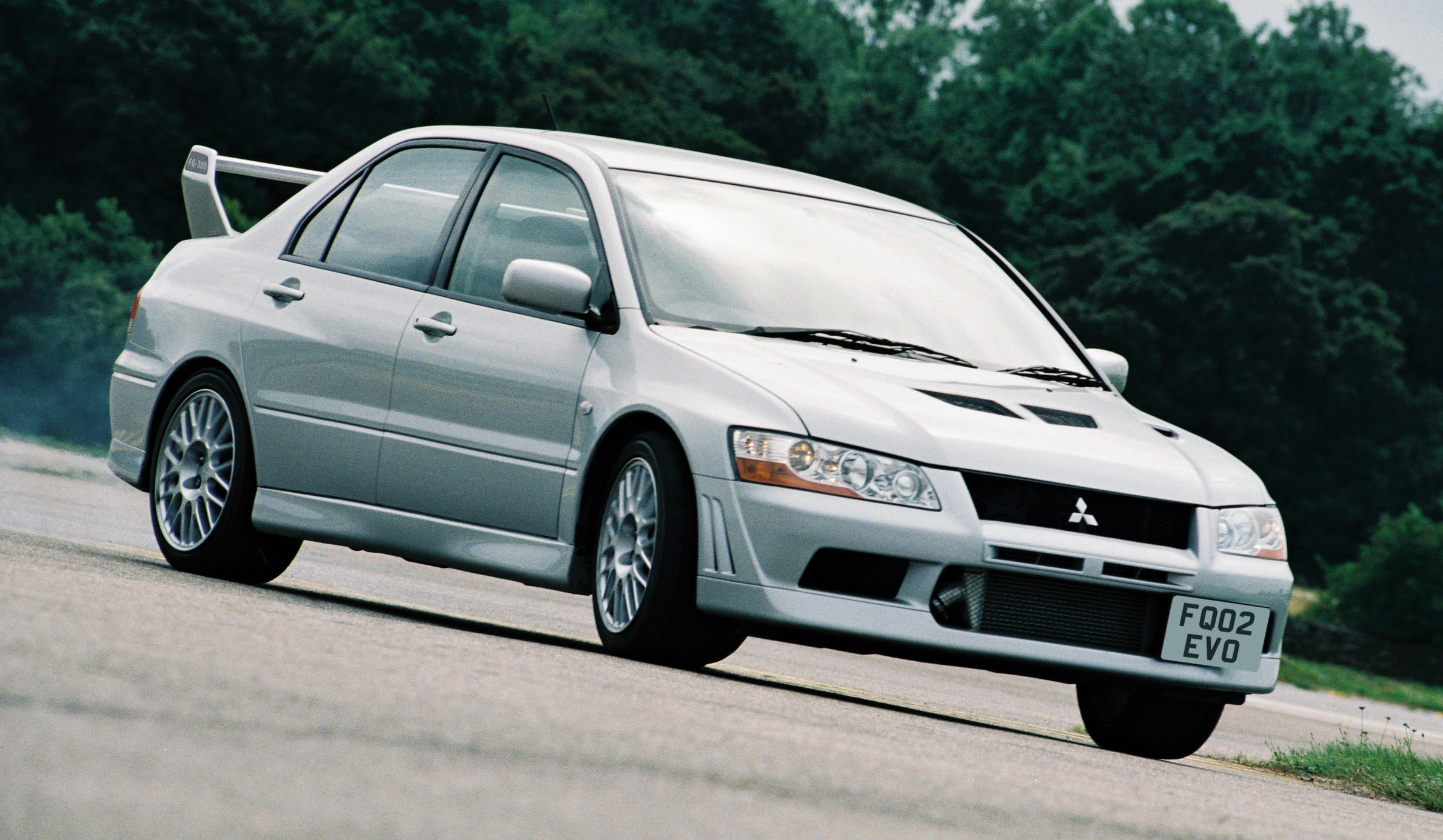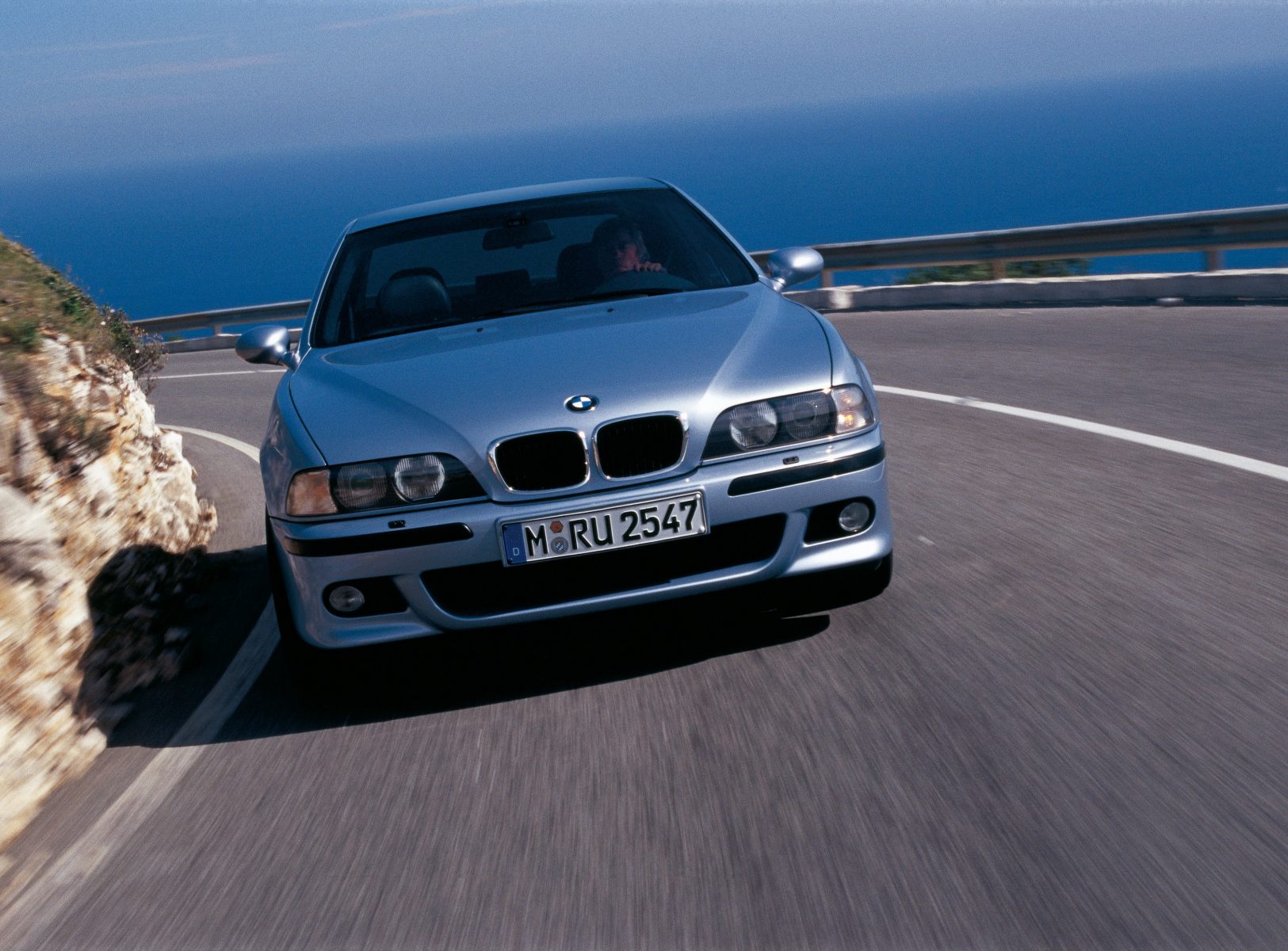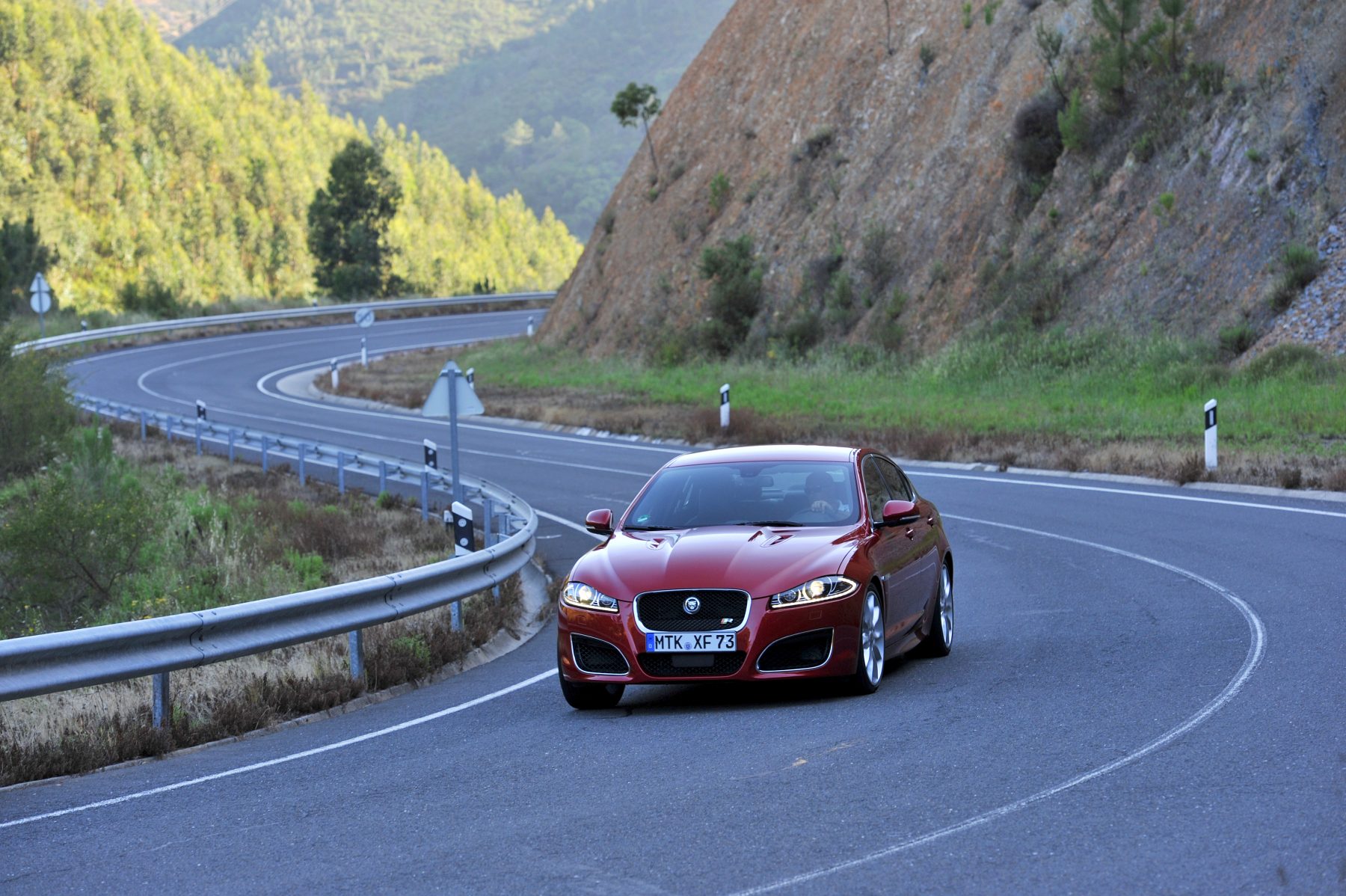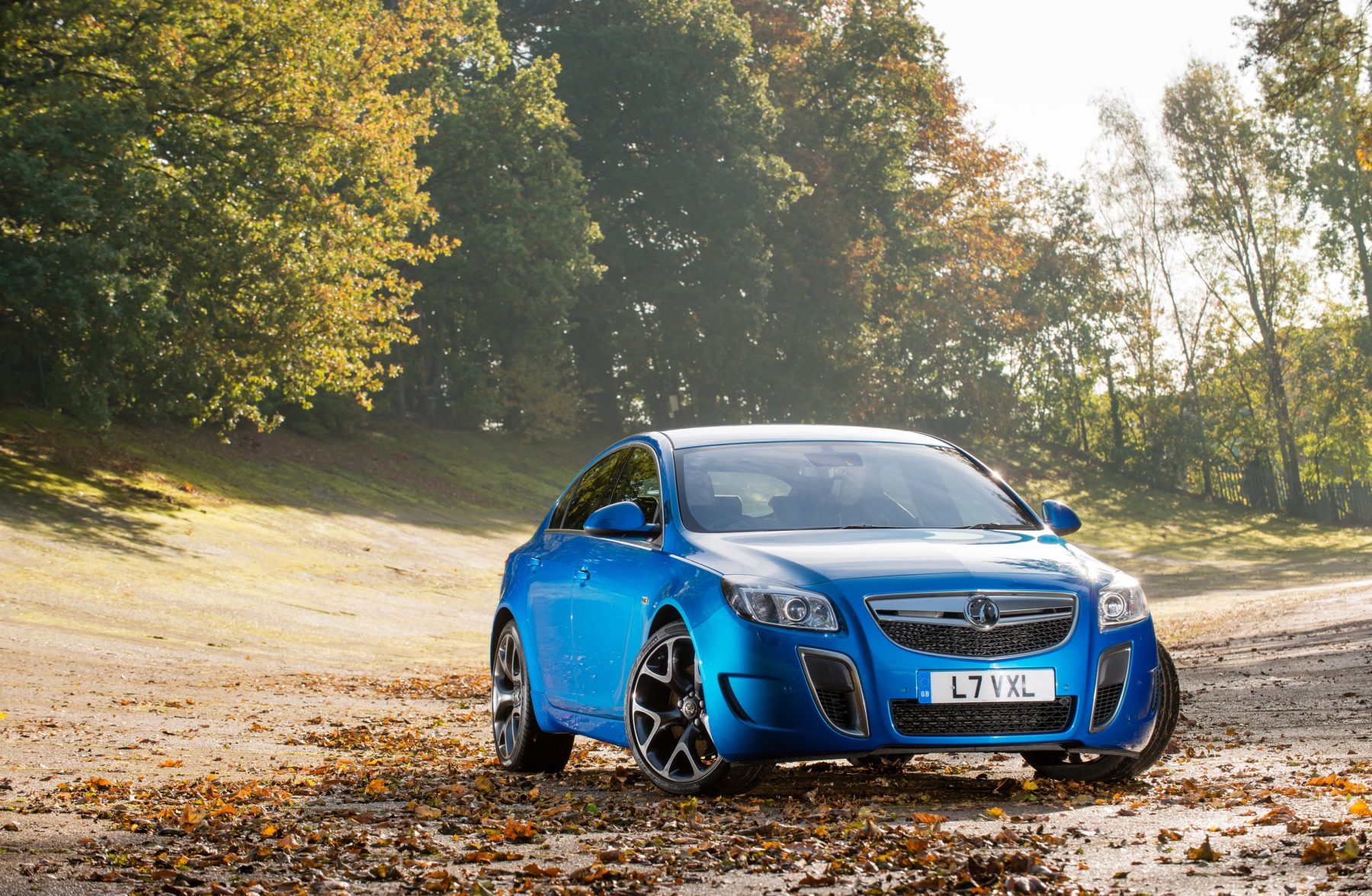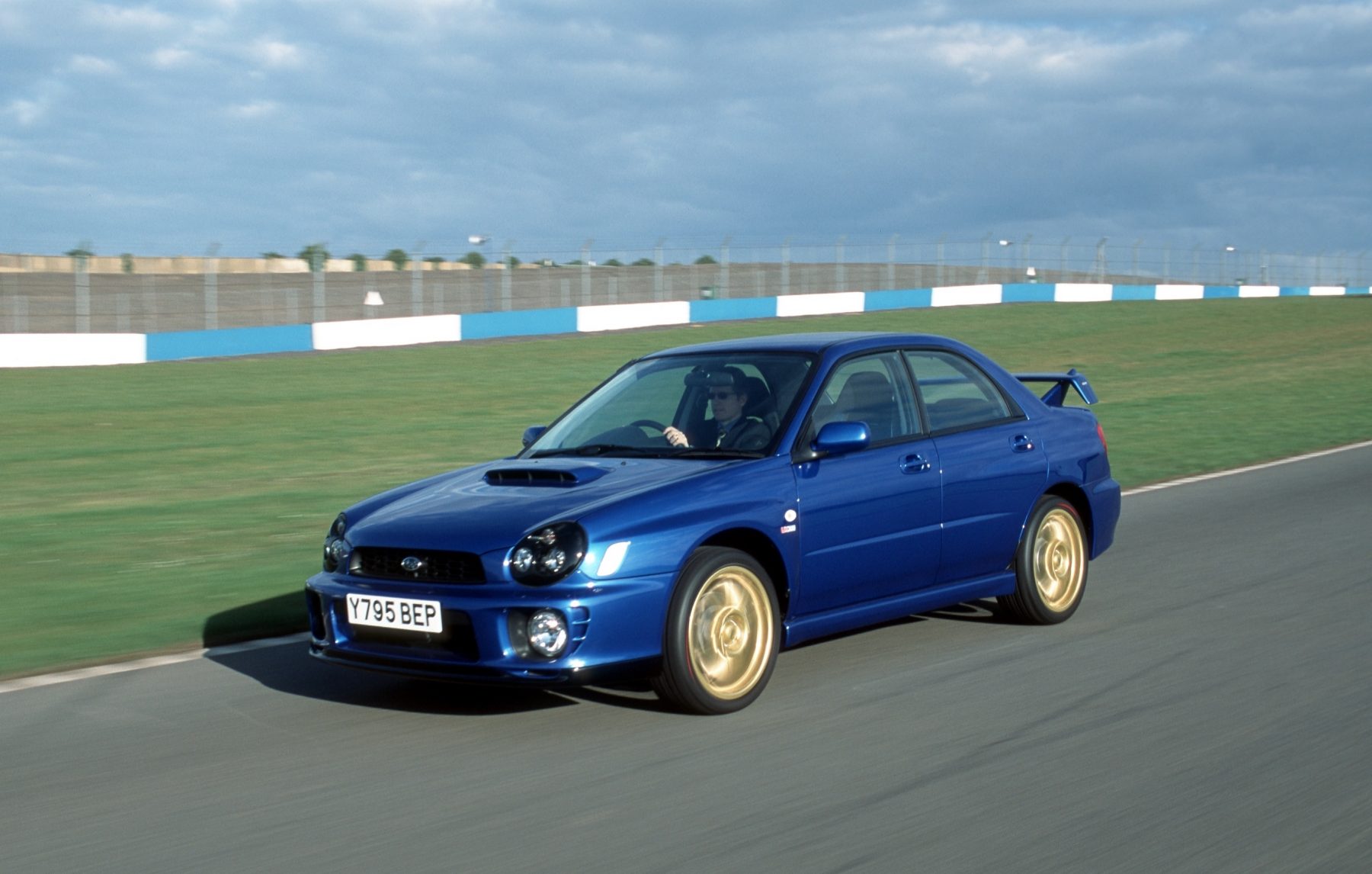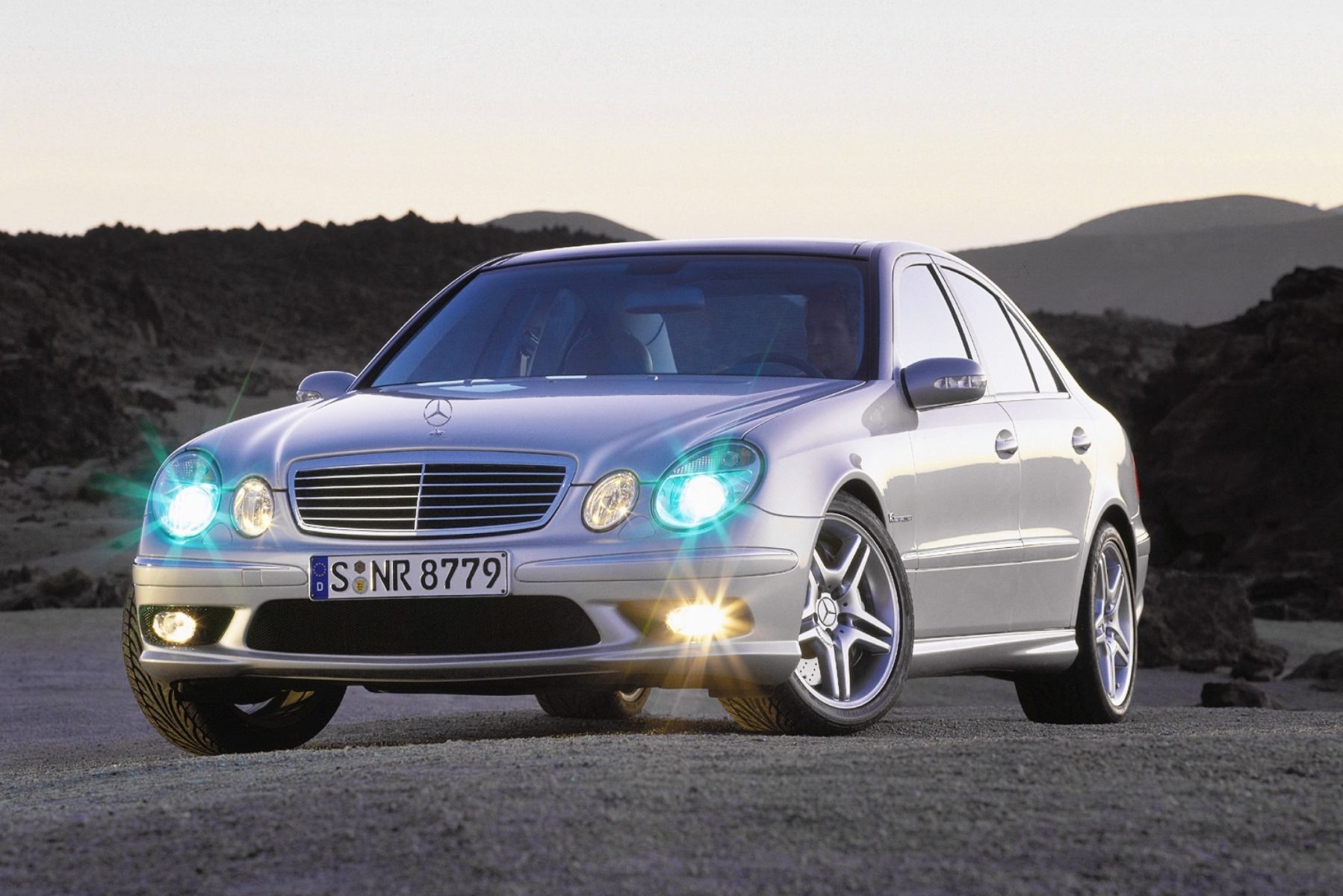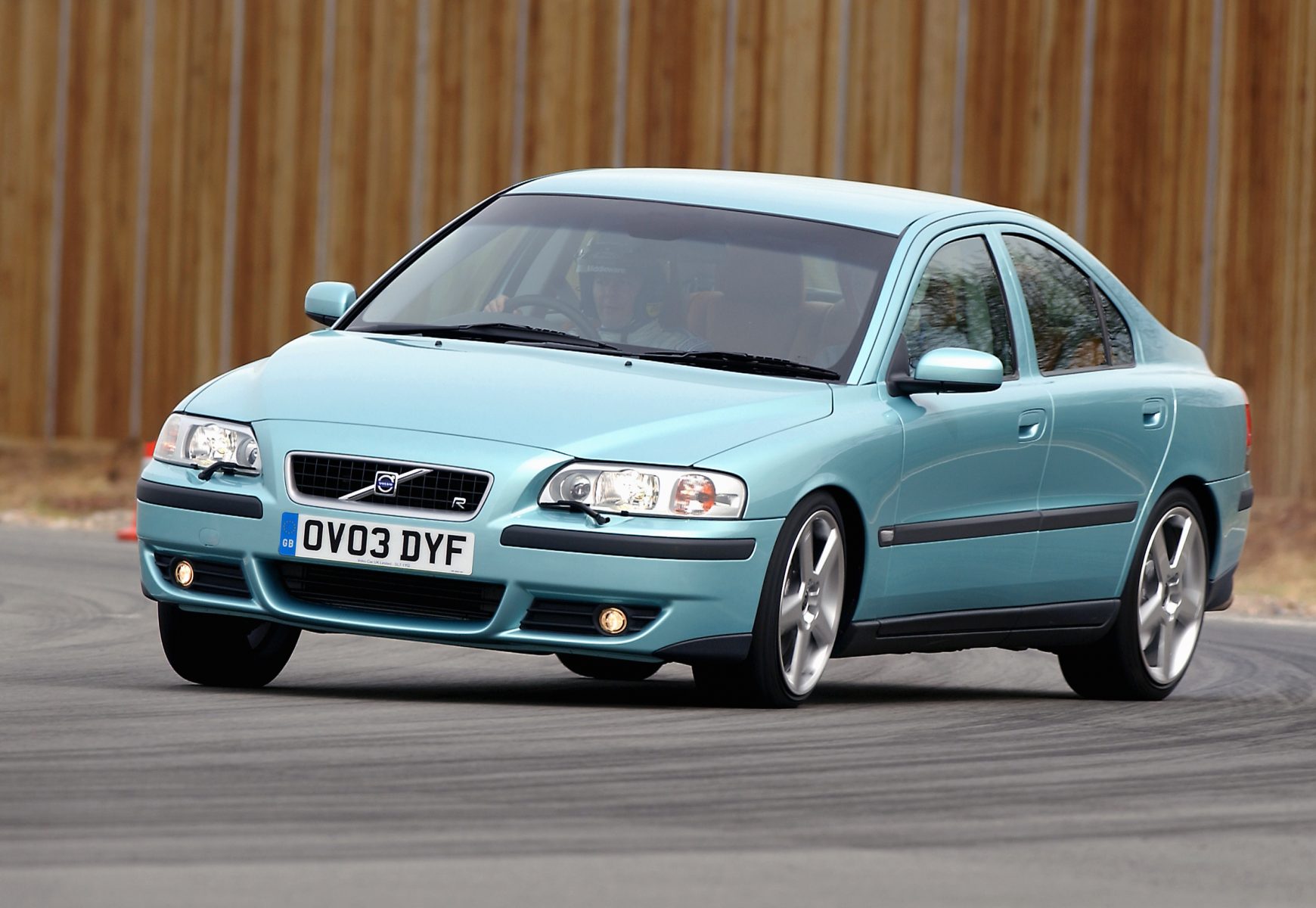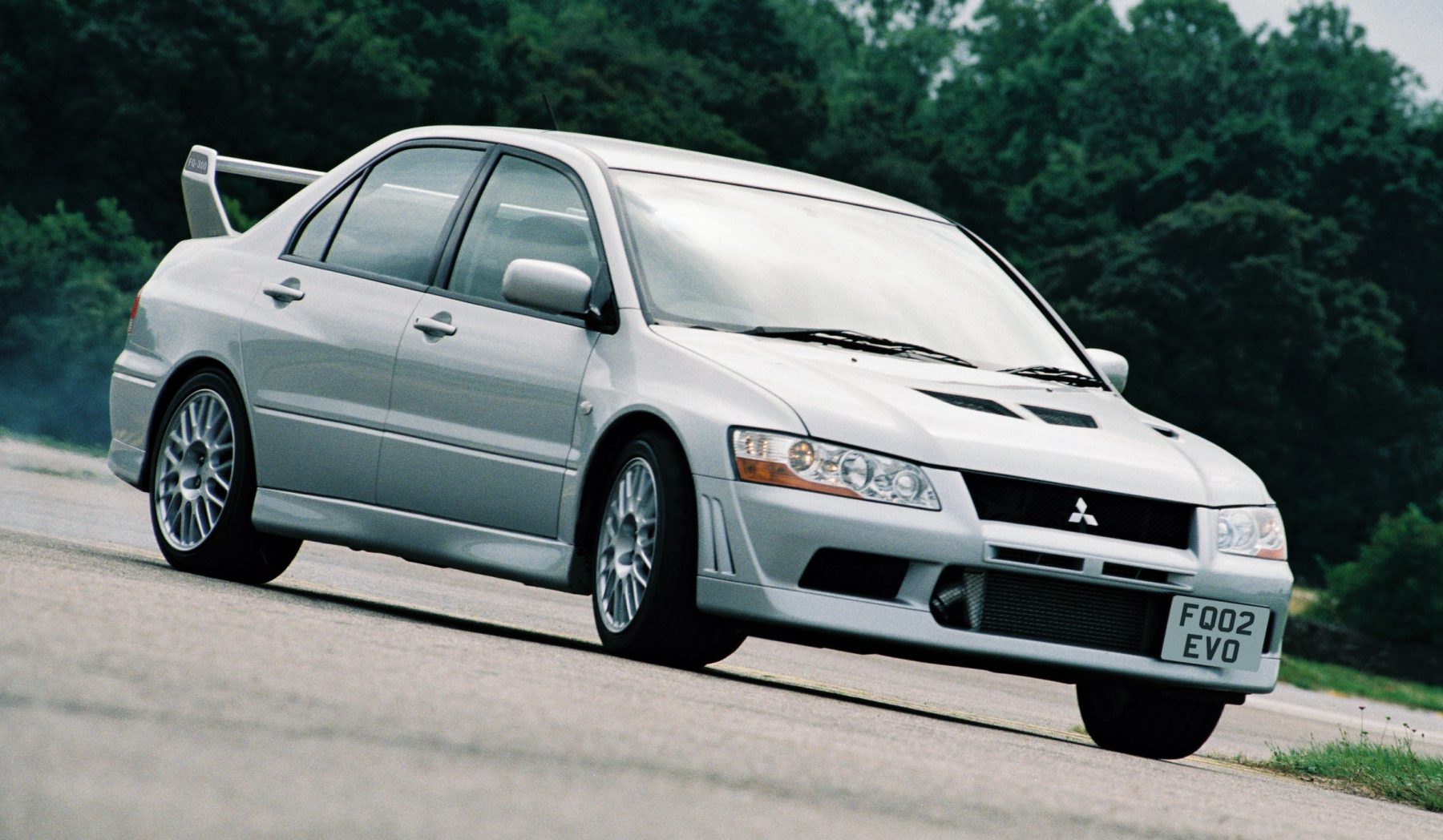What is it?
Outright luxury is something that Bentley knows a thing or two about, and what could be more luxurious than a four-seater, V8-powered convertible? As its name suggests, that’s where the new Continental GT V8 Convertible chimes in. It benefits from the new 4.0-litre twin-turbocharger powertrain, but now in a drop-top package rather than the standard coupe.
But does lopping the roof of detract from the overall experience? We’ve jetted off to California to find out.
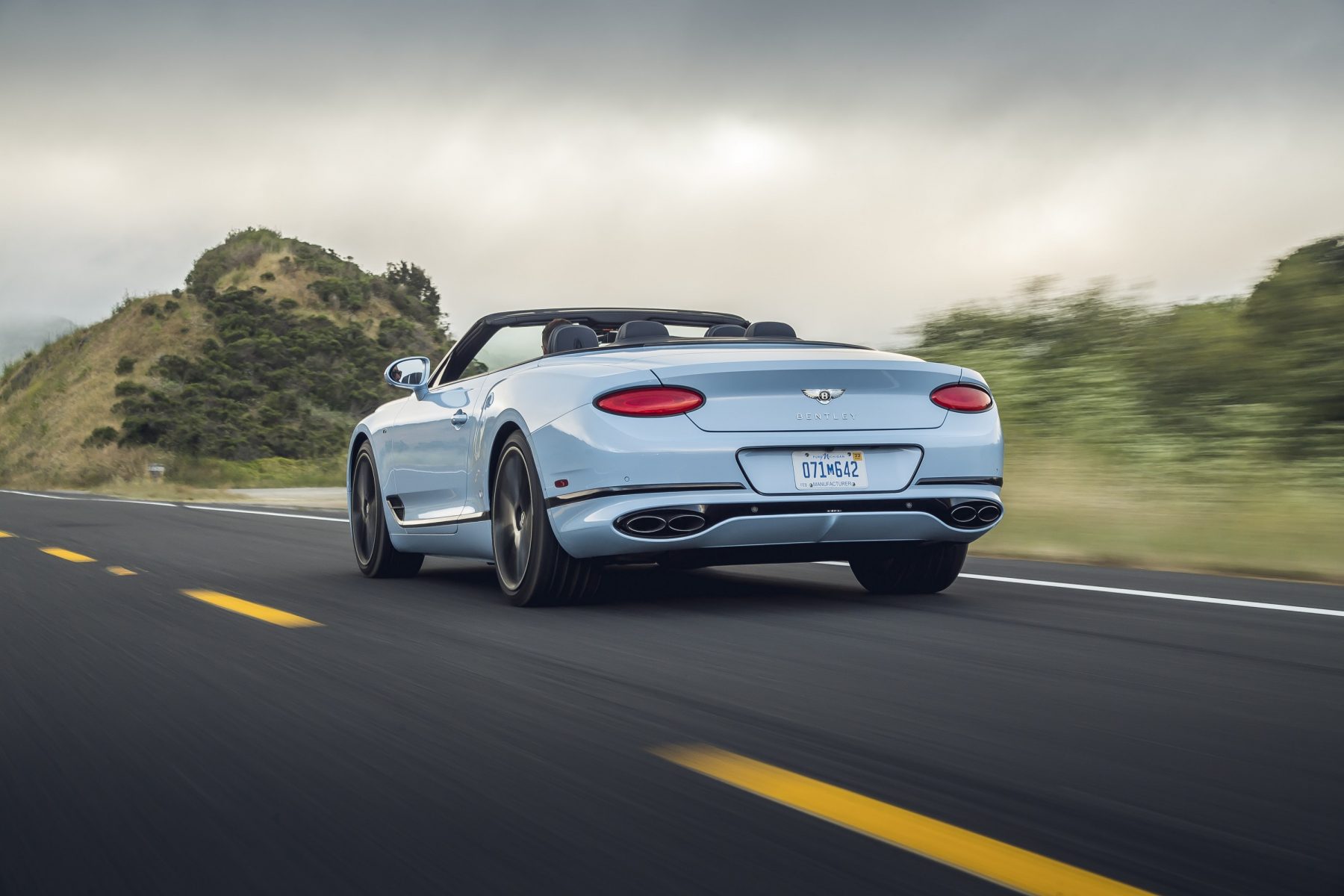
What’s new?
As with the Coupe, one of the biggest changes here is the engine. Though we’ve already got a W12-powered Continental GT Convertible available in the UK, this is the first time that it’s been available with a smaller, yet no-less-potent V8 powertrain.
Then, of course, there’s the roof. Able to quickly give everyone inside the car an open-air experience, it’s fabric and constructed with typical Bentley attention to detail. Elsewhere, there are a smattering of V8-bespoke touches to help distinguish it against the W12 version.
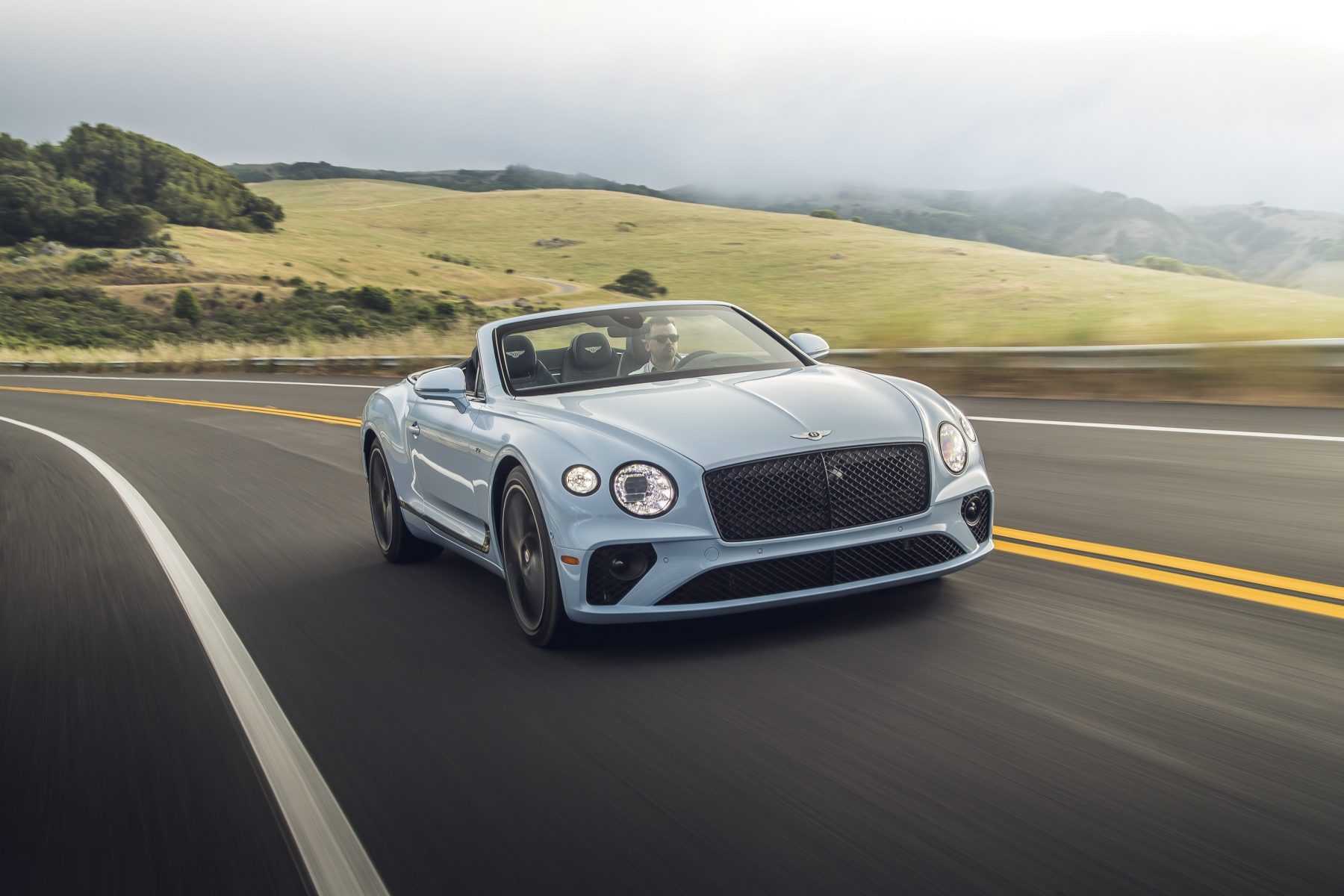
What’s under the bonnet?
The Continental GT V8 Convertible is powered by, you guessed it, a V8 engine. It’s a twin-turbocharged unit, pushing out 542bhp and 770Nm of torque. Power is sent to the road via all four wheels and an eight-speed dual-clutch gearbox. It’s only slightly slower than the hardtop in its race to 60mph – four seconds dead instead of 3.9 – but it’ll still hit the same 198mph top speed.
It gets three-chamber air suspension from the off, though Bentley’s 48V active anti-roll bar is now an optional extra – you get it thrown in as standard on the W12 car.

What’s it like to drive?
One of the biggest issues for a convertible is weight – pure and simple. The motor required to lift and fold a roof – as well as put it back together again – has to add bulk, and this can often have a considerable effect on the way the car drives.
But though the Convertible is accompanied by an additional 150kg over the Coupe, it’s very hard to tell. It manages its heft through the bends just as well as the hardtop, while the V8’s urgency feels no less sharp than in the Coupe. And, ideally for a soft top, the GT does cruising effortlessly well, with its well-sorted suspension and dynamic ride (fitted to our test car) helping to isolate almost all the lumps and bumps in the road away from the cabin.
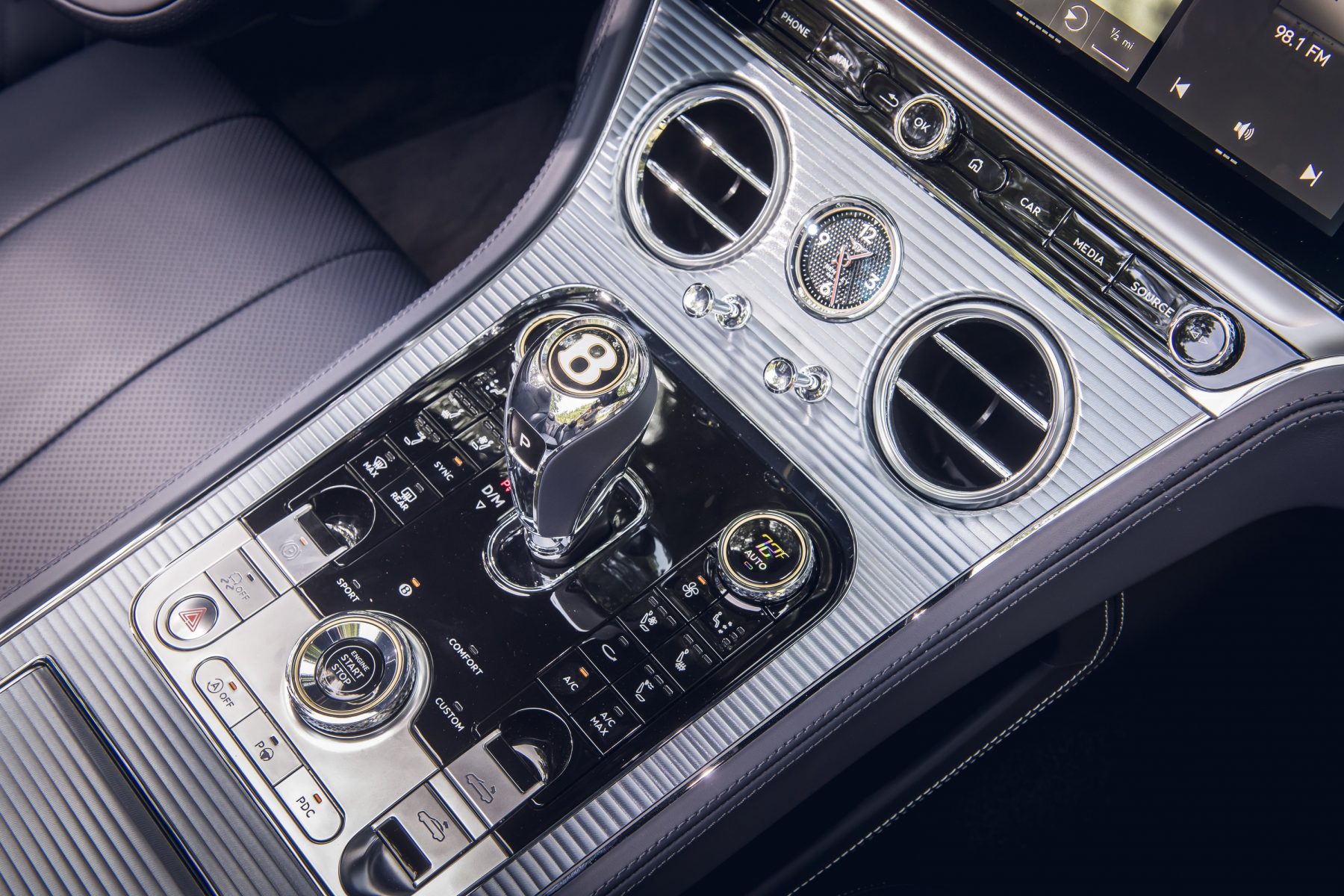
How does it look?
Convertibles can occasionally look a little awkward compared to their Coupe stablemates, but fortunately, this isn’t the case with the Continental GT Convertible. Roof up or down, it’s a pretty looking thing, with sleek lines and well-judged proportions resulting in a car which just looks ‘right’ out on the road.
That fabric roof is available in one of seven colours too, and takes just 19 seconds to raise or lower at speeds of up to 30mph, meaning you’ve got more than enough time to get the roof in place at the lights should rain appear.
As we mentioned with the Coupe, the rear is where the design is weakest, in our eyes. That said, our test car, finished in stunning ‘Barnato’ green, was drawing the attention of passers-by here, there and everywhere.

What’s it like inside?
The interior of the Bentley Continental GT Convertible is almost ridiculously well finished. Each section feels as though all manner of care and attention has been lavished upon it but, importantly for a car like this, it’s still ergonomically sound. The quilted leather seats feel waxy and high quality, while the polished metal air vents and traditional organ stop controls give the cabin a properly luxurious edge.
We’d like the gearshift paddles to be a little larger, however; they are a key contact point on the GT, and one which keener drivers will frequently engage with – so why can’t they be more of an event, rather than stubby and plastic-feeling?
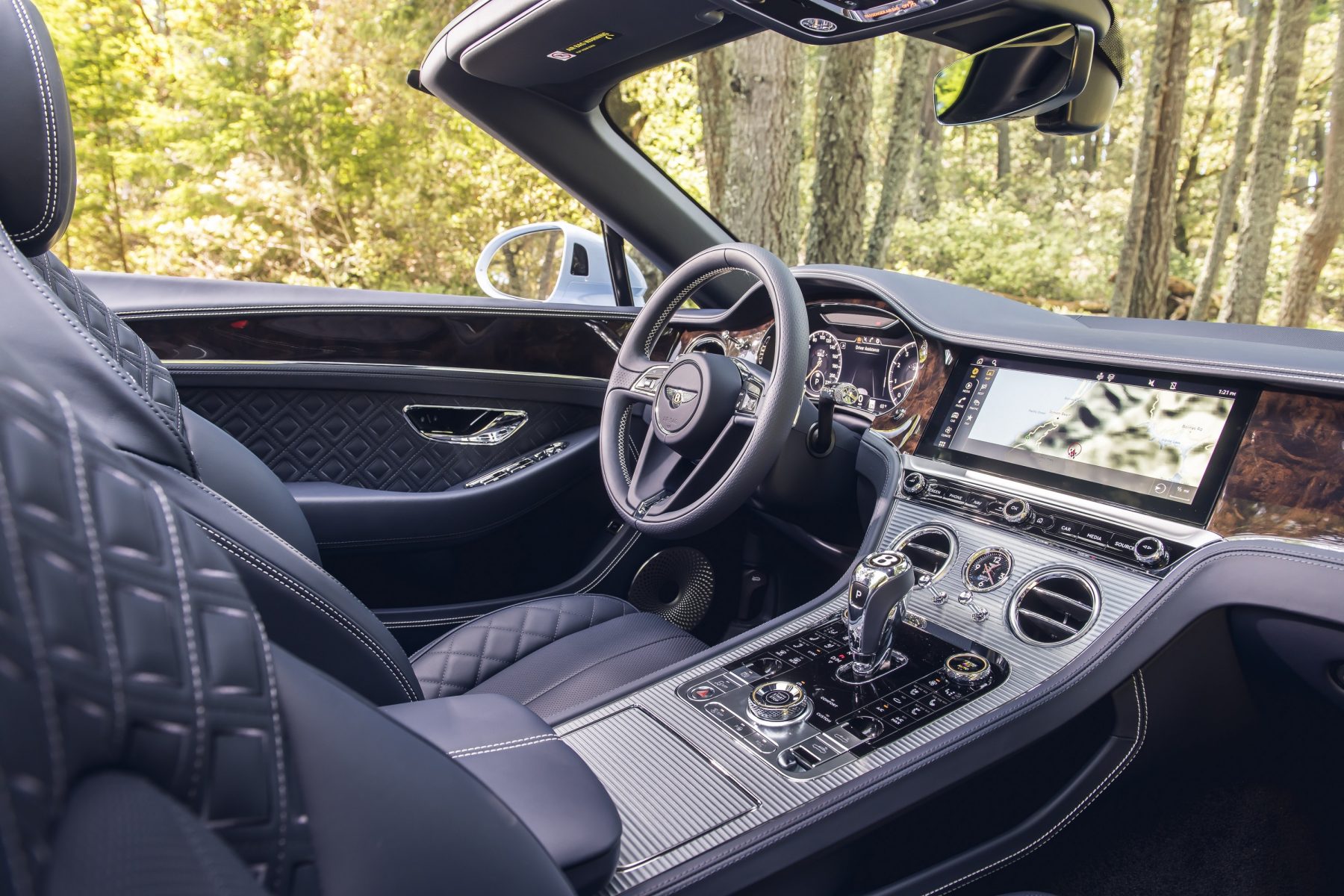
What’s the spec like?
The specification list on the Conti GT Convertible is exhaustive, with that new 12.3-inch touchscreen setup dominating the list of available tech. As we found on the Coupe, it’s a big step up over previous systems, and now feels like it lives up the car’s list price.
Our car also came with heaters in the headrest (less relevant for summertime California, but likely to be a well-received feature in winter time Cheltenham), as well as seats which were both heated and ventilated. A heads-up display is thrown in too, and it’s clear and easy to read.
It’s worth noting that boot space is affected in the Convertible, down to 235 litres in contrast to the 385 litres you’ll find in the Coupe. It’s because of the folding roof mechanism.
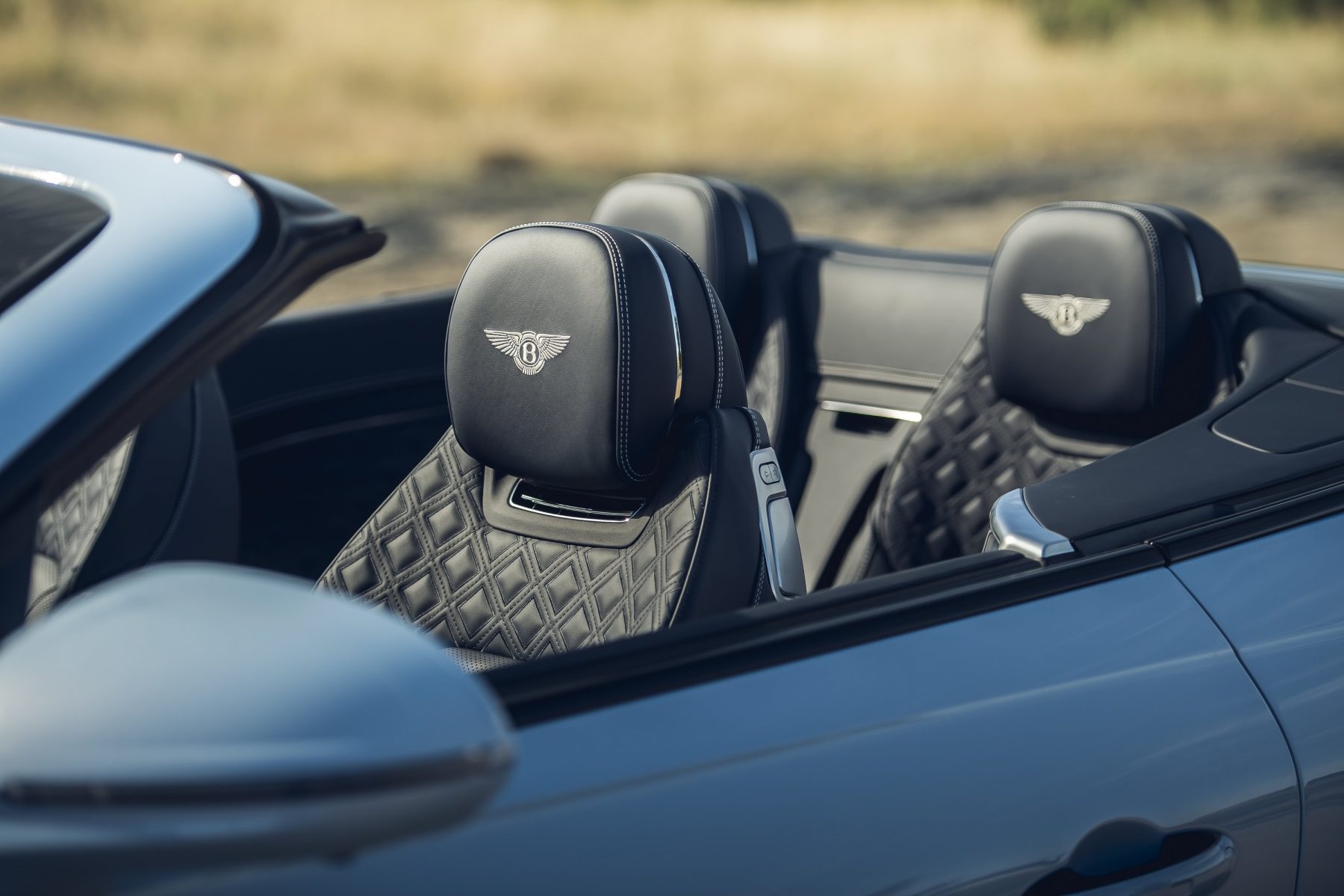
Verdict
The Bentley Continental GT Convertible does everything you could want a big, luxurious drop-top to do. It’s comfortable, refined and, more than anything, it feels special. Throw in its ability to devour corners just as easily as it does long stretches of motorway, and you have yourself a potent package. Though it will command a premium of around £15,000 over the coupe, it’s likely that once owners have the roof down and the wind in their hair, that increase won’t matter in the slightest.
Facts at a glance
Model: Continental GT V8 Convertible
Price: £163,700
Engine: 4.0-litre V8
Power (bhp): 542
Torque (Nm): 770
Max speed (mph): 198
0-60mph: 3.9 seconds
MPG: TBC
Emissions (g/km): TBC

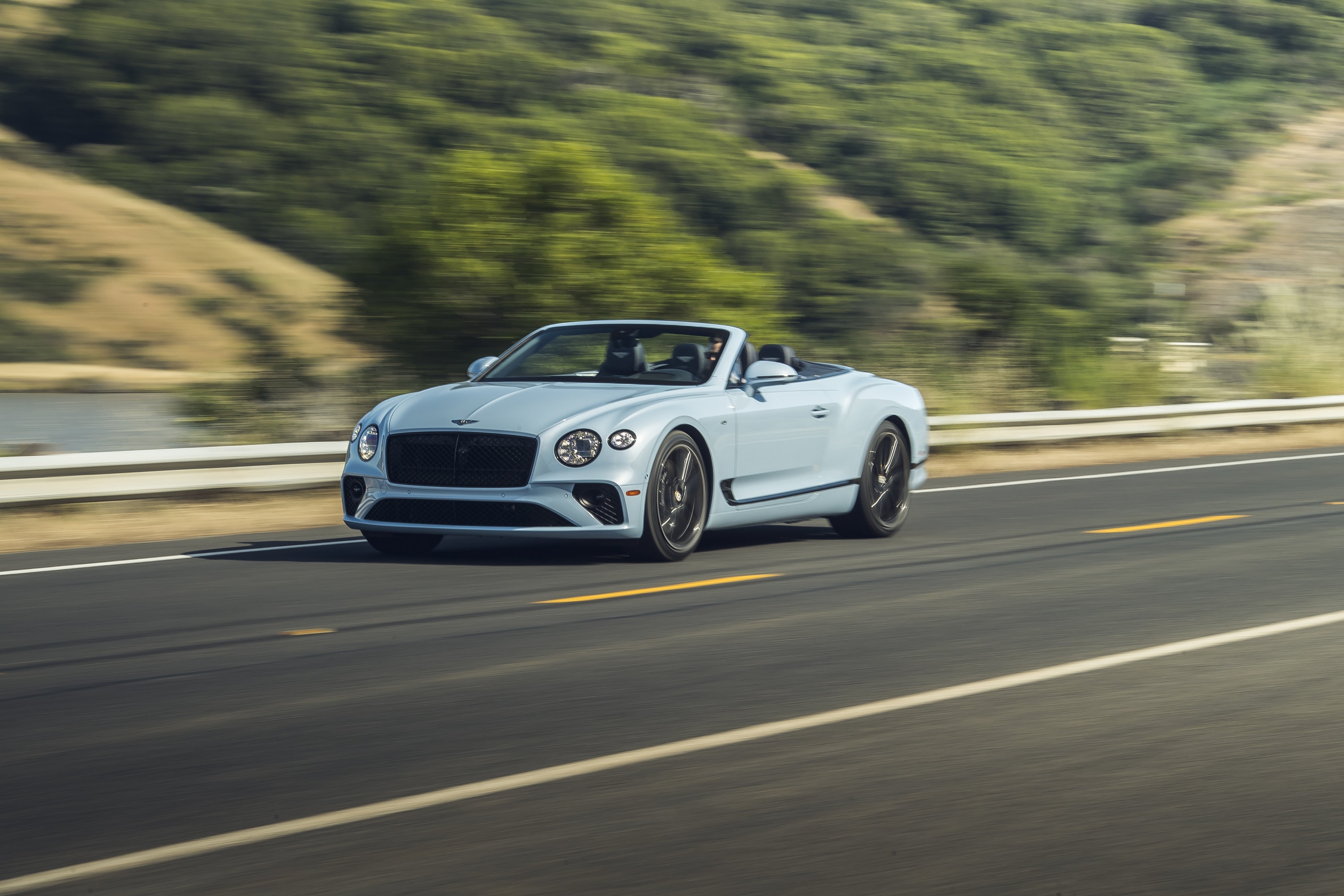
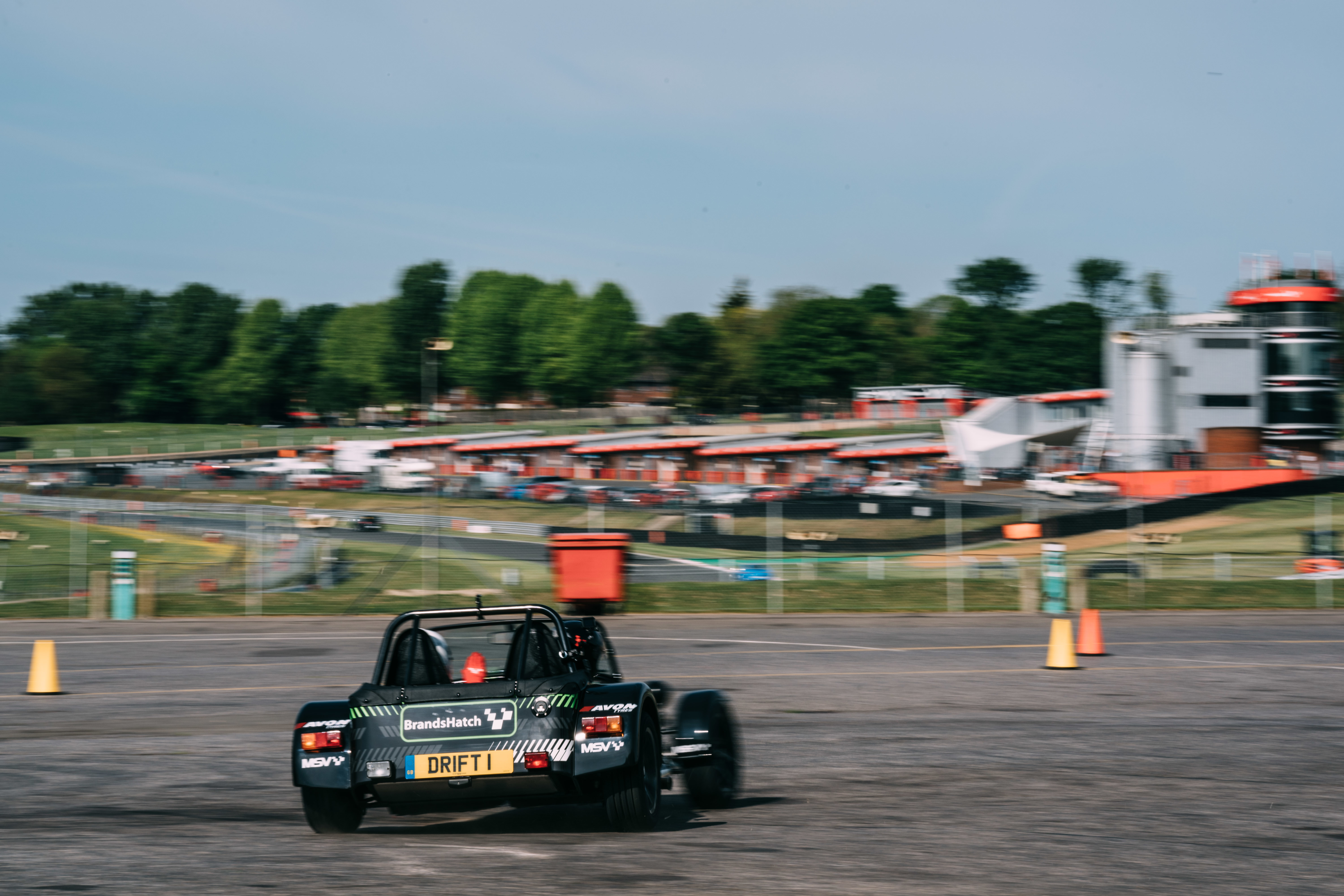
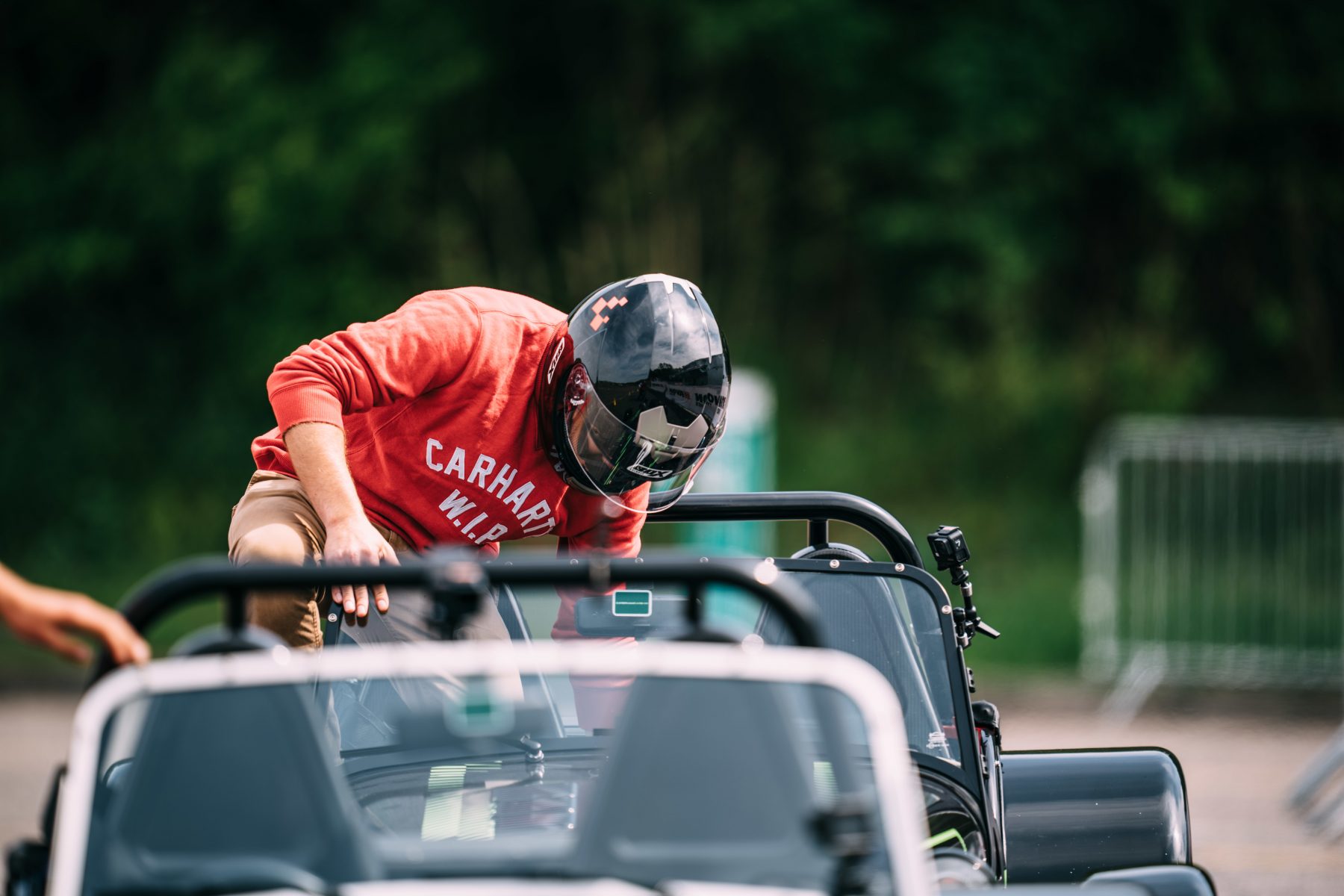




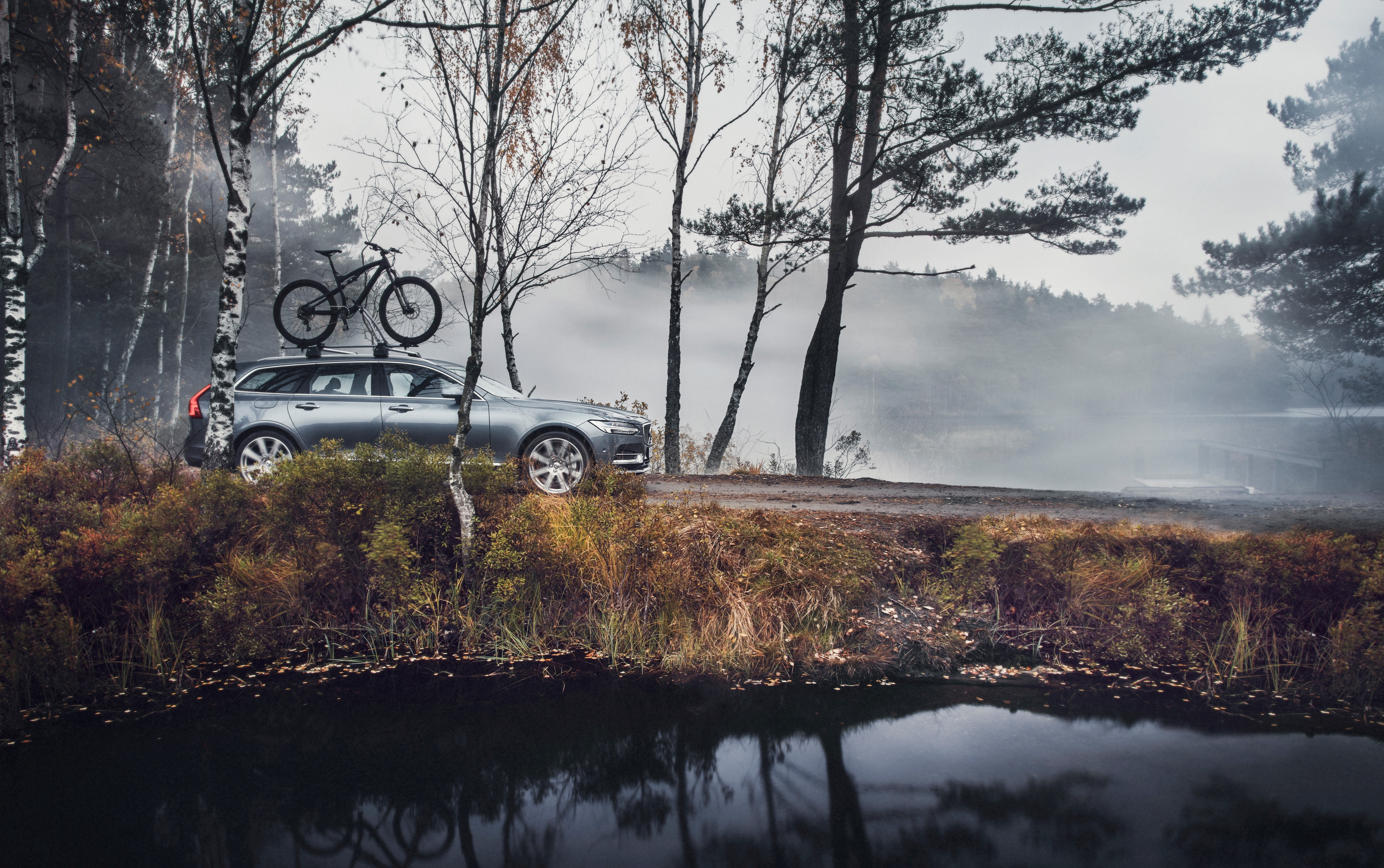
 Tesla’s Model X SUV could be the best all-electric car available for cyclists at the moment. Not only is it cutting-edge both in terms of looks and technology, but it’s also extremely practical – and, most importantly, it’s available with a bike rack for the roof.
Tesla’s Model X SUV could be the best all-electric car available for cyclists at the moment. Not only is it cutting-edge both in terms of looks and technology, but it’s also extremely practical – and, most importantly, it’s available with a bike rack for the roof. The BMW 5 Series Touring has historically been the go-to option in the large estate segment. Furthermore it makes an excellent choice for bikers, thanks to its huge boot capacity and flexible storage options. It’s available with a roof-mounted bike rack, as well as one for the tailgate.
The BMW 5 Series Touring has historically been the go-to option in the large estate segment. Furthermore it makes an excellent choice for bikers, thanks to its huge boot capacity and flexible storage options. It’s available with a roof-mounted bike rack, as well as one for the tailgate. Volvo’s latest large estate car – the V90 – has been somewhat of a smash hit, and it’s little wonder why; plenty of in-car tech, huge levels of safety equipment and simplistic Scandinavian design combine to create a very impressive car indeed.
Volvo’s latest large estate car – the V90 – has been somewhat of a smash hit, and it’s little wonder why; plenty of in-car tech, huge levels of safety equipment and simplistic Scandinavian design combine to create a very impressive car indeed.  The Cupra Ateca is the first car to come from Cupra since it became a standalone brand, distancing itself from parent company Seat. Though based on the regular Ateca, this Cupra version features a powerful 2.0-litre turbocharged petrol engine with close to 300bhp. Put neatly, it’s a very quick car, capable of going from 0-60mph in five seconds.
The Cupra Ateca is the first car to come from Cupra since it became a standalone brand, distancing itself from parent company Seat. Though based on the regular Ateca, this Cupra version features a powerful 2.0-litre turbocharged petrol engine with close to 300bhp. Put neatly, it’s a very quick car, capable of going from 0-60mph in five seconds.  Skoda’s Superb Estate probably has the best cycling credentials of any car here, having been the car of choice for Tour de France teams for many years. The ability to carry several bikes at once is a big bonus, but the car’s ride is too – it’s comfortable, and therefore makes journeys when you’re no longer in the saddle a bit easier.
Skoda’s Superb Estate probably has the best cycling credentials of any car here, having been the car of choice for Tour de France teams for many years. The ability to carry several bikes at once is a big bonus, but the car’s ride is too – it’s comfortable, and therefore makes journeys when you’re no longer in the saddle a bit easier.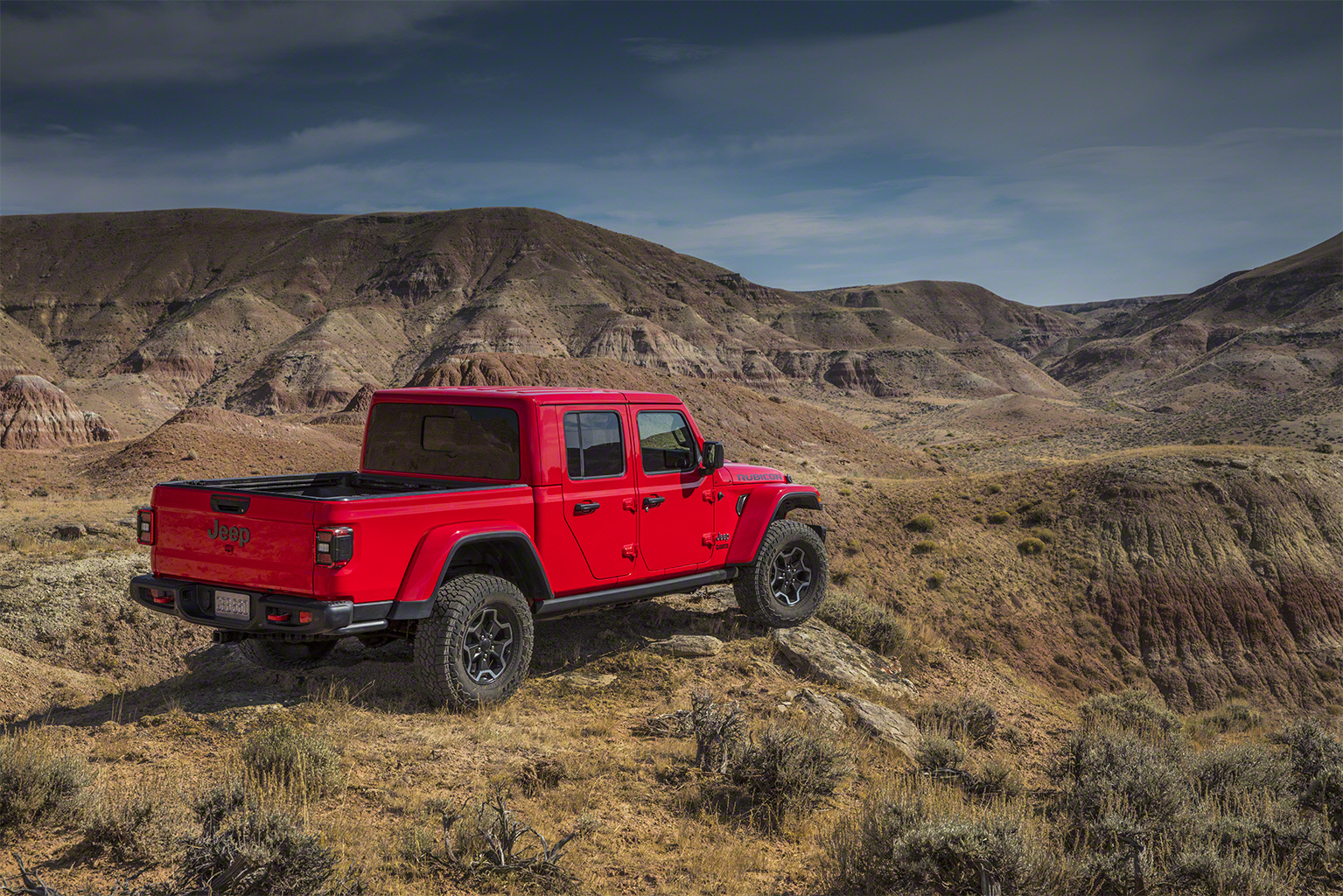 The regular Jeep Wrangler may not be the best choice for cyclists, but the upcoming Gladiator? Now that’s a completely different kettle of fish. With a large rear load bed, it’s ideal for mounting bikes to, and you can keep them all in a row by placing the front wheel of each bike over the folding rear bed.
The regular Jeep Wrangler may not be the best choice for cyclists, but the upcoming Gladiator? Now that’s a completely different kettle of fish. With a large rear load bed, it’s ideal for mounting bikes to, and you can keep them all in a row by placing the front wheel of each bike over the folding rear bed.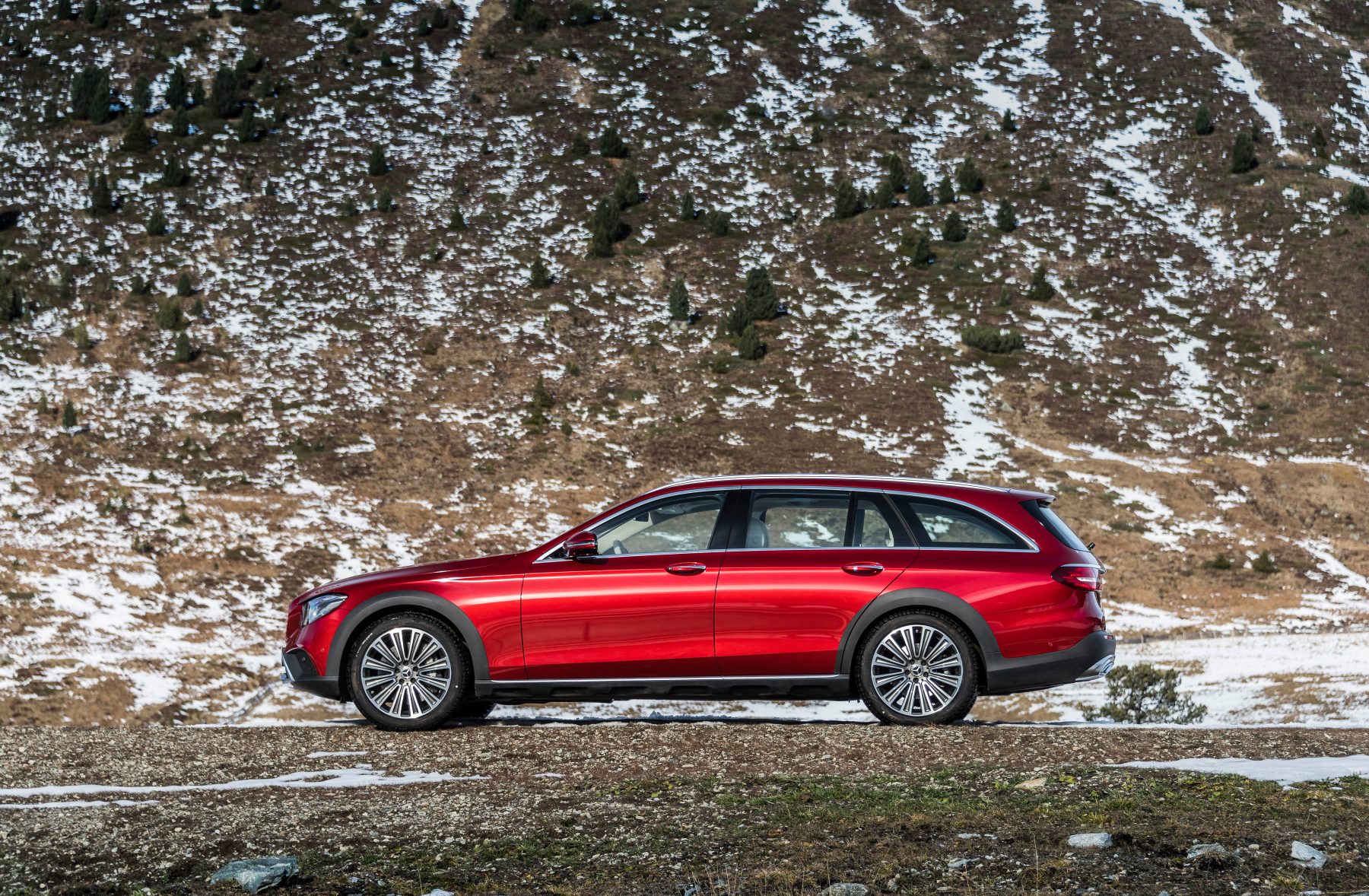 It’s funny how estate cars keep cropping up on this list, right? It makes sense, as they offer improved space over a saloon while retaining a comfortable ride and plenty of refinement.
It’s funny how estate cars keep cropping up on this list, right? It makes sense, as they offer improved space over a saloon while retaining a comfortable ride and plenty of refinement.  Jaguar’s F-Pace has been designed for lifestyle adventures from the off – it was even released with a special wristband-style ‘activity key’, allowing you to leave the standard key inside the car, locking and unlocking it instead with the band. It means you can go out and cycle without having to worry that you’ll drop the keys along the trail.
Jaguar’s F-Pace has been designed for lifestyle adventures from the off – it was even released with a special wristband-style ‘activity key’, allowing you to leave the standard key inside the car, locking and unlocking it instead with the band. It means you can go out and cycle without having to worry that you’ll drop the keys along the trail. 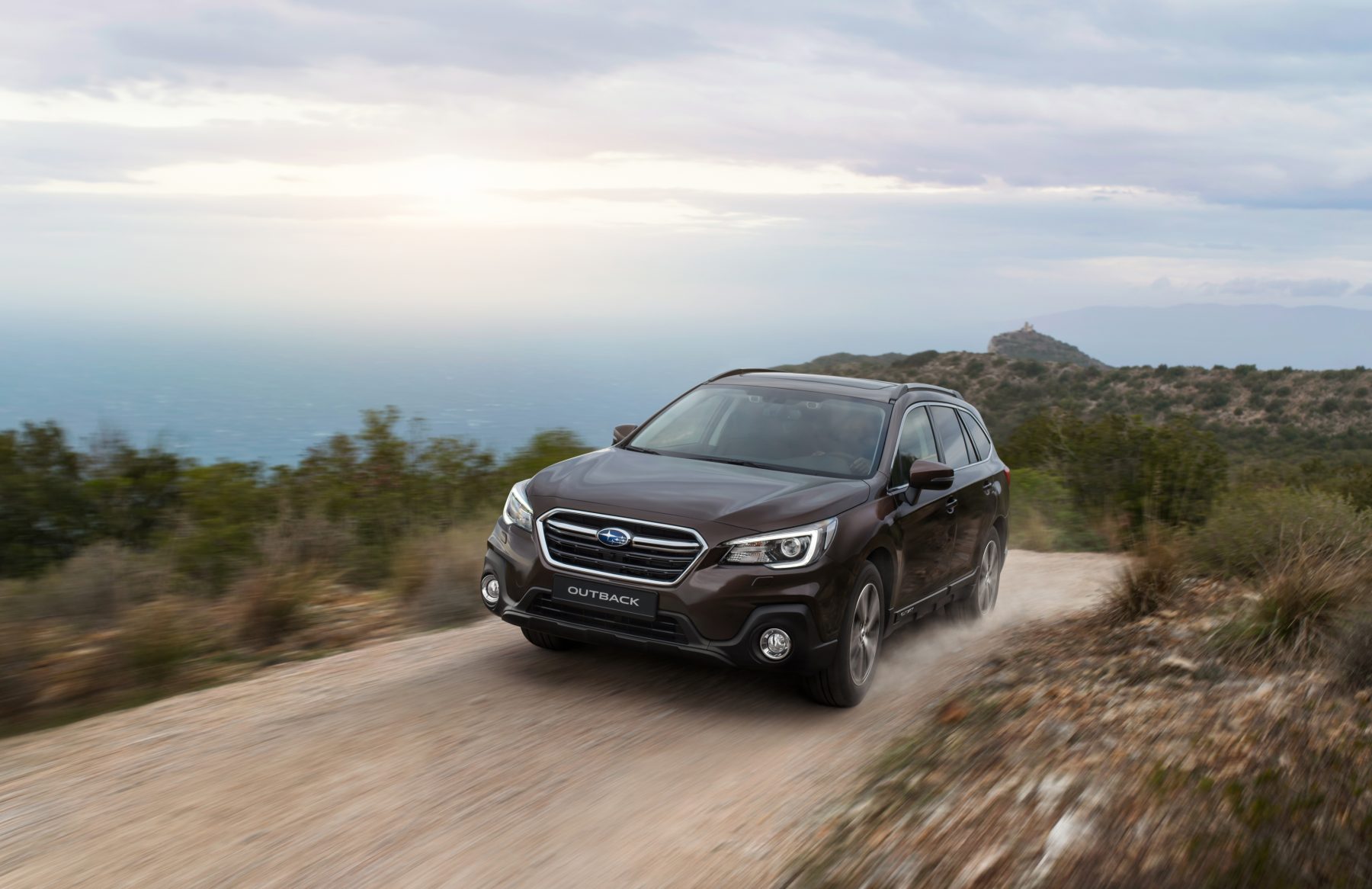 When it comes to building rugged, go-anywhere cars, Subaru knows a thing or two. The Outback is a case in point; it’s remarkably good of road and it’s robust both inside and out. We’d argue that it’s not one of the most traditional bicycle transport choices, but that’s no reason to dismiss it.
When it comes to building rugged, go-anywhere cars, Subaru knows a thing or two. The Outback is a case in point; it’s remarkably good of road and it’s robust both inside and out. We’d argue that it’s not one of the most traditional bicycle transport choices, but that’s no reason to dismiss it.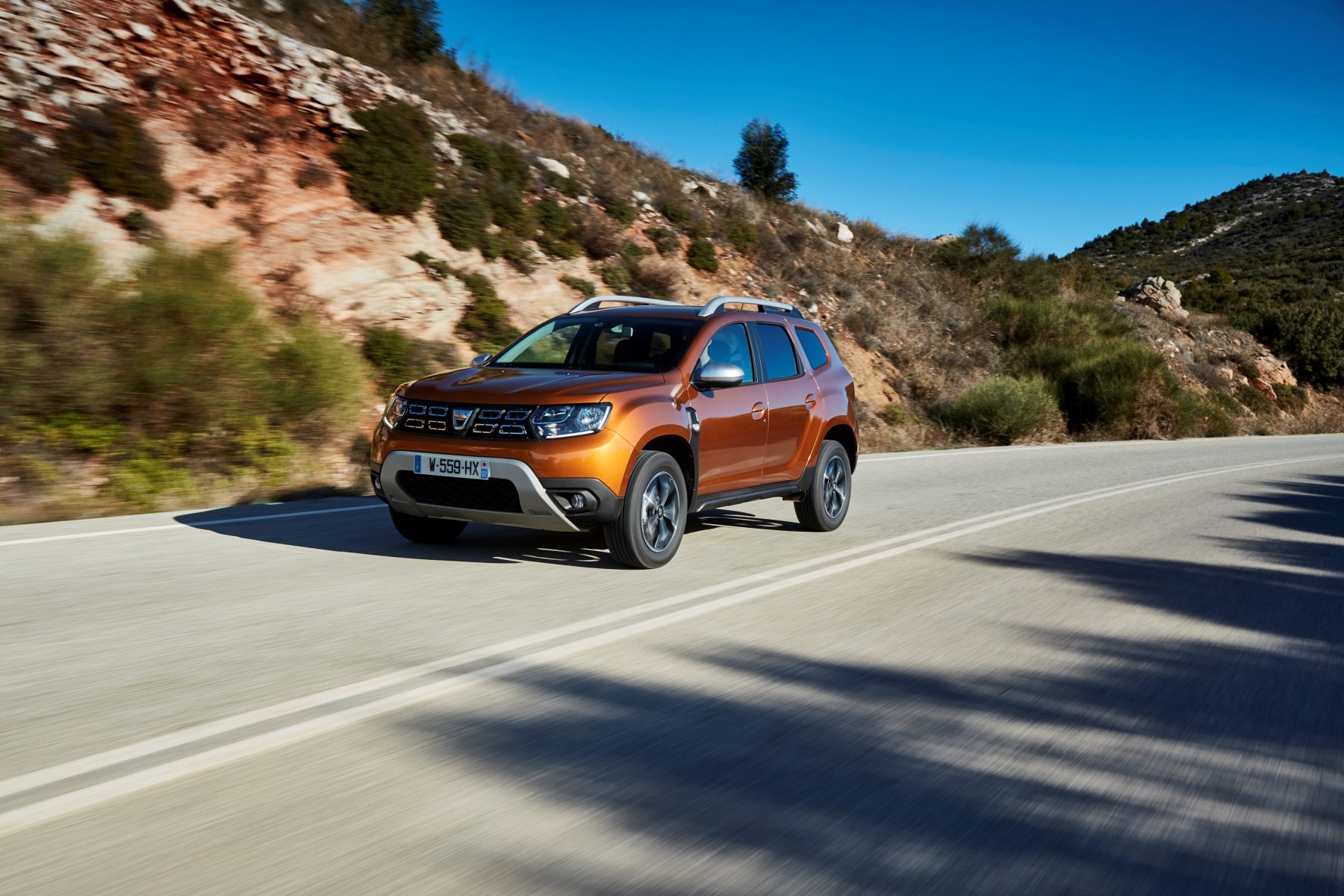 If you’re after a value-for-money cycling car option, then the Dacia Duster is ideal for you. But don’t let a bargain price fool you into thinking that this is a low-quality car – the Duster is remarkably well rounded.
If you’re after a value-for-money cycling car option, then the Dacia Duster is ideal for you. But don’t let a bargain price fool you into thinking that this is a low-quality car – the Duster is remarkably well rounded. 